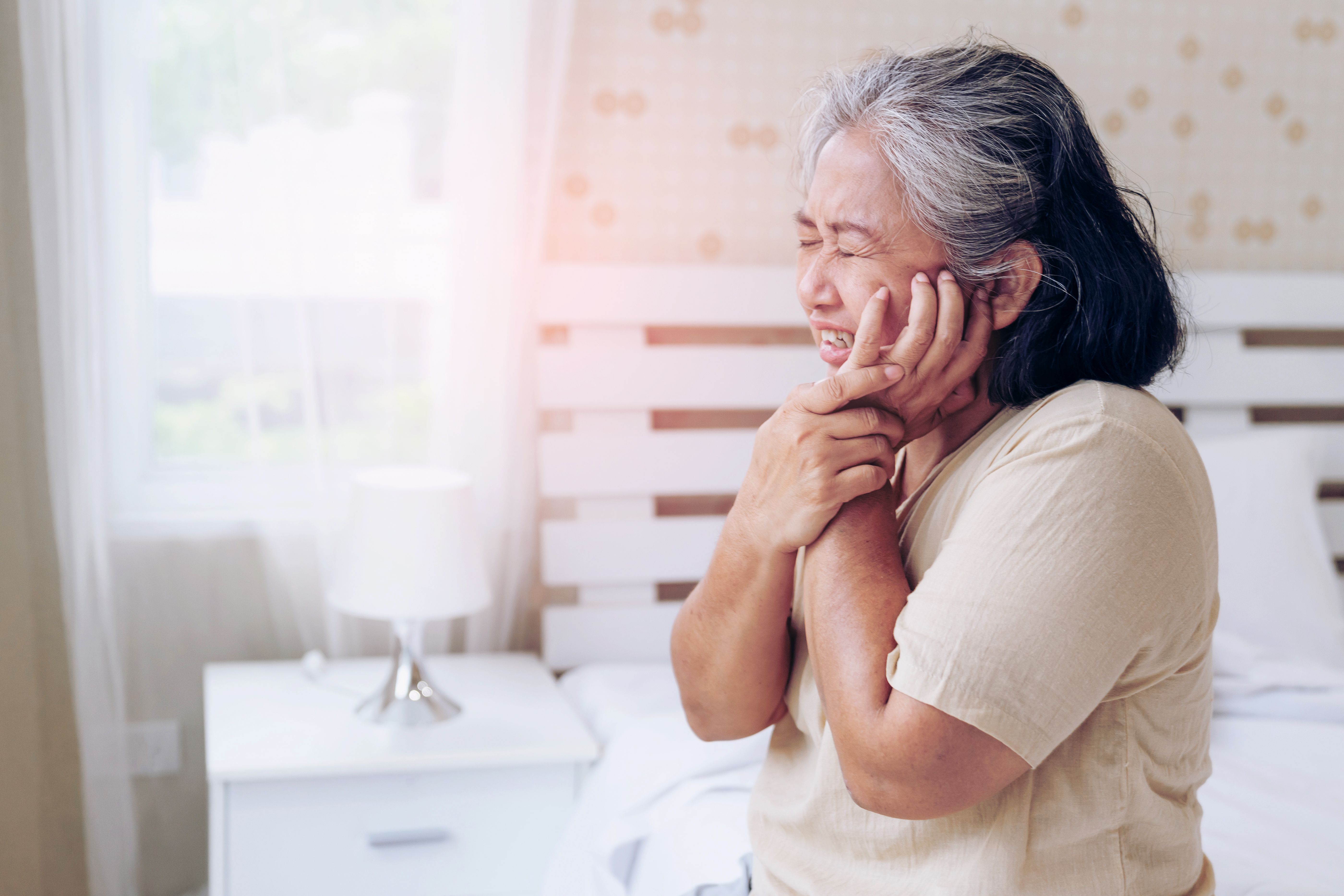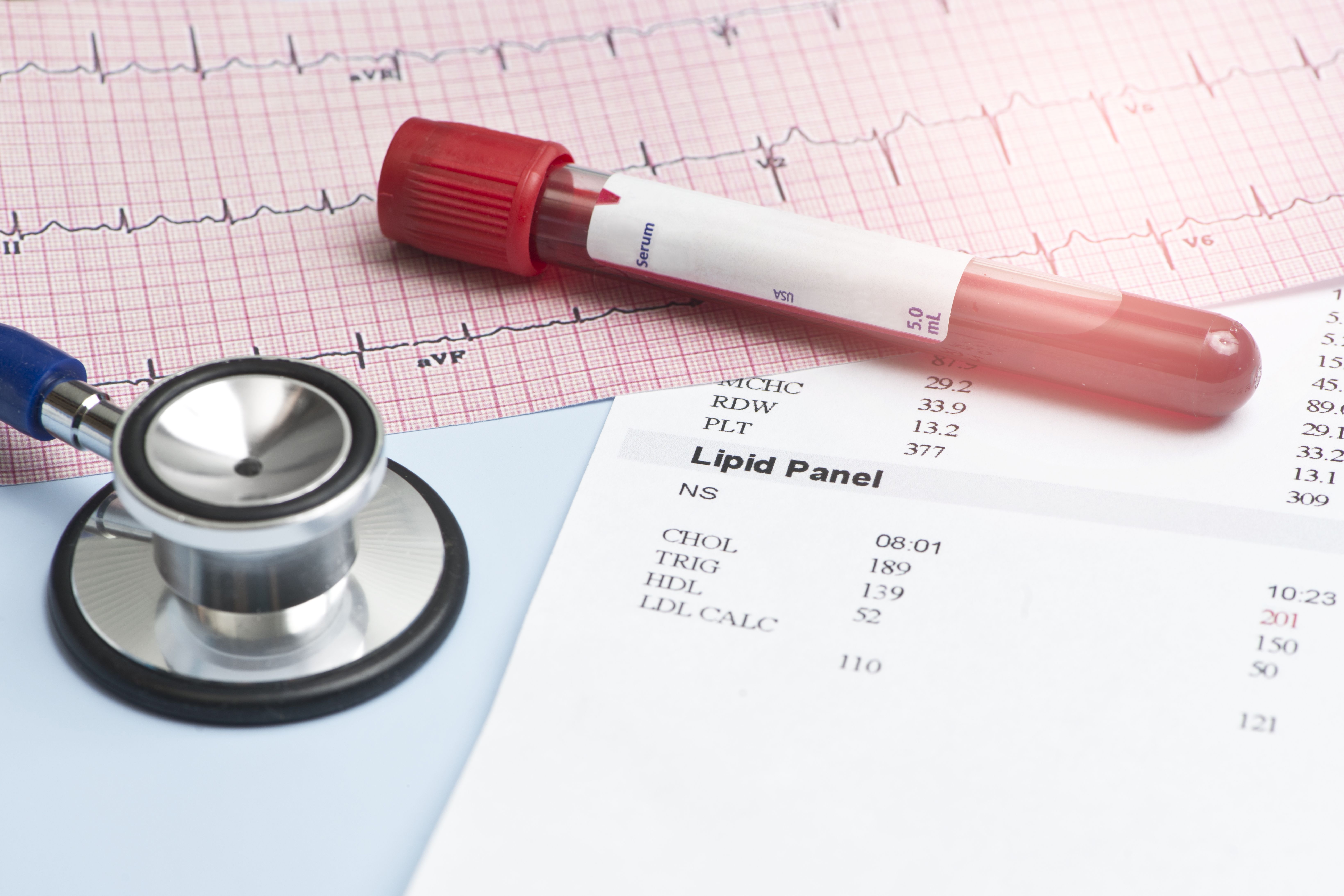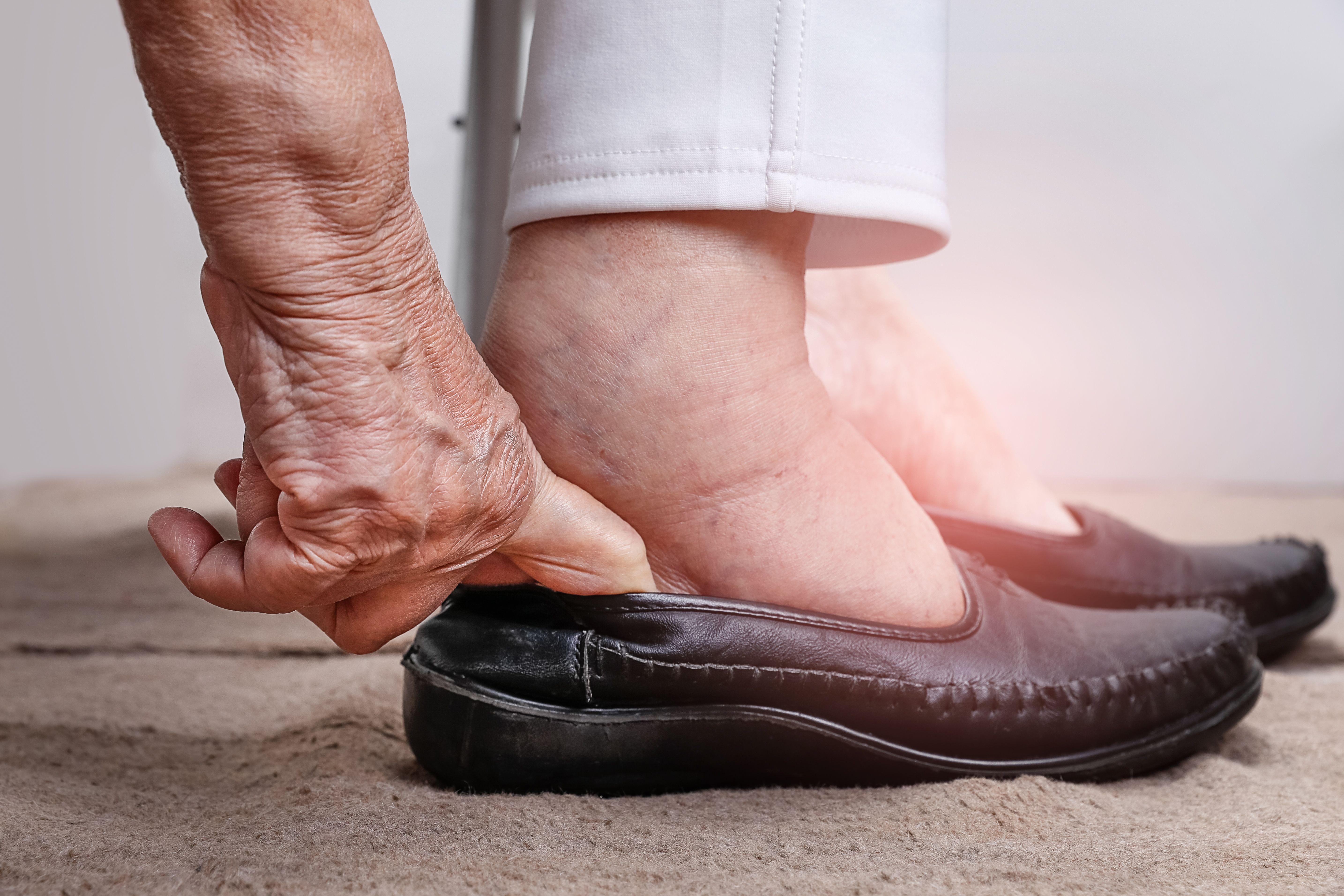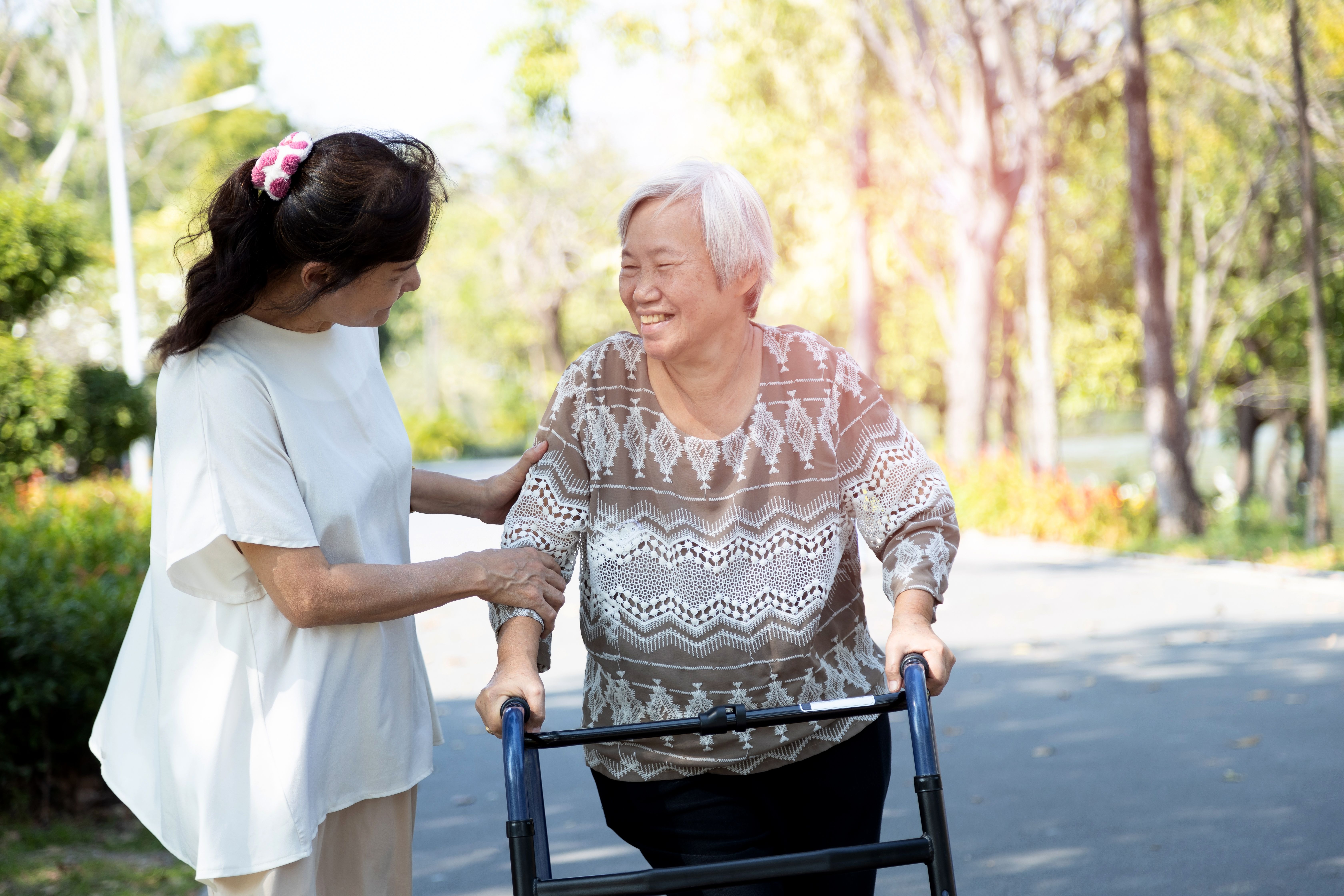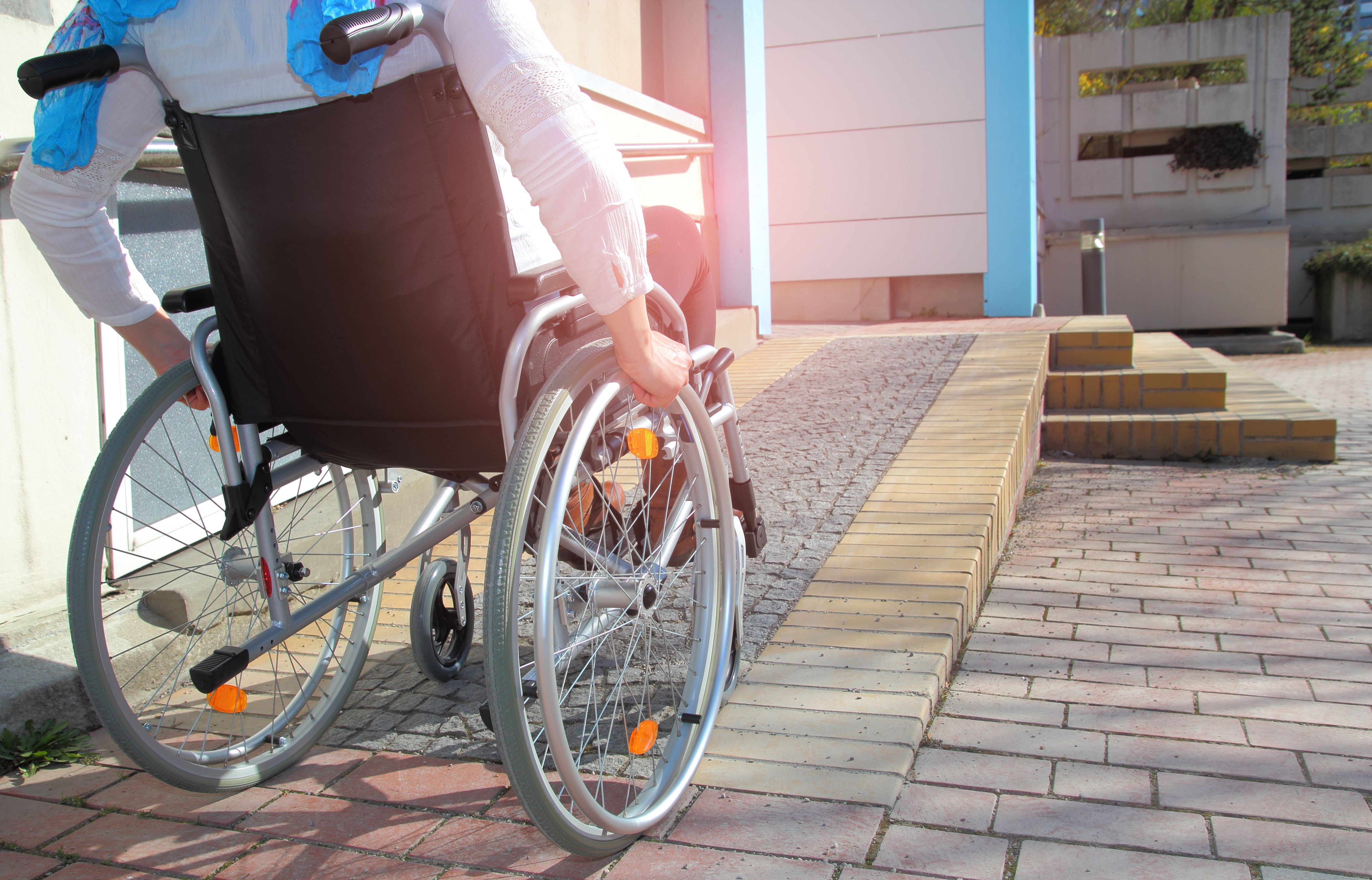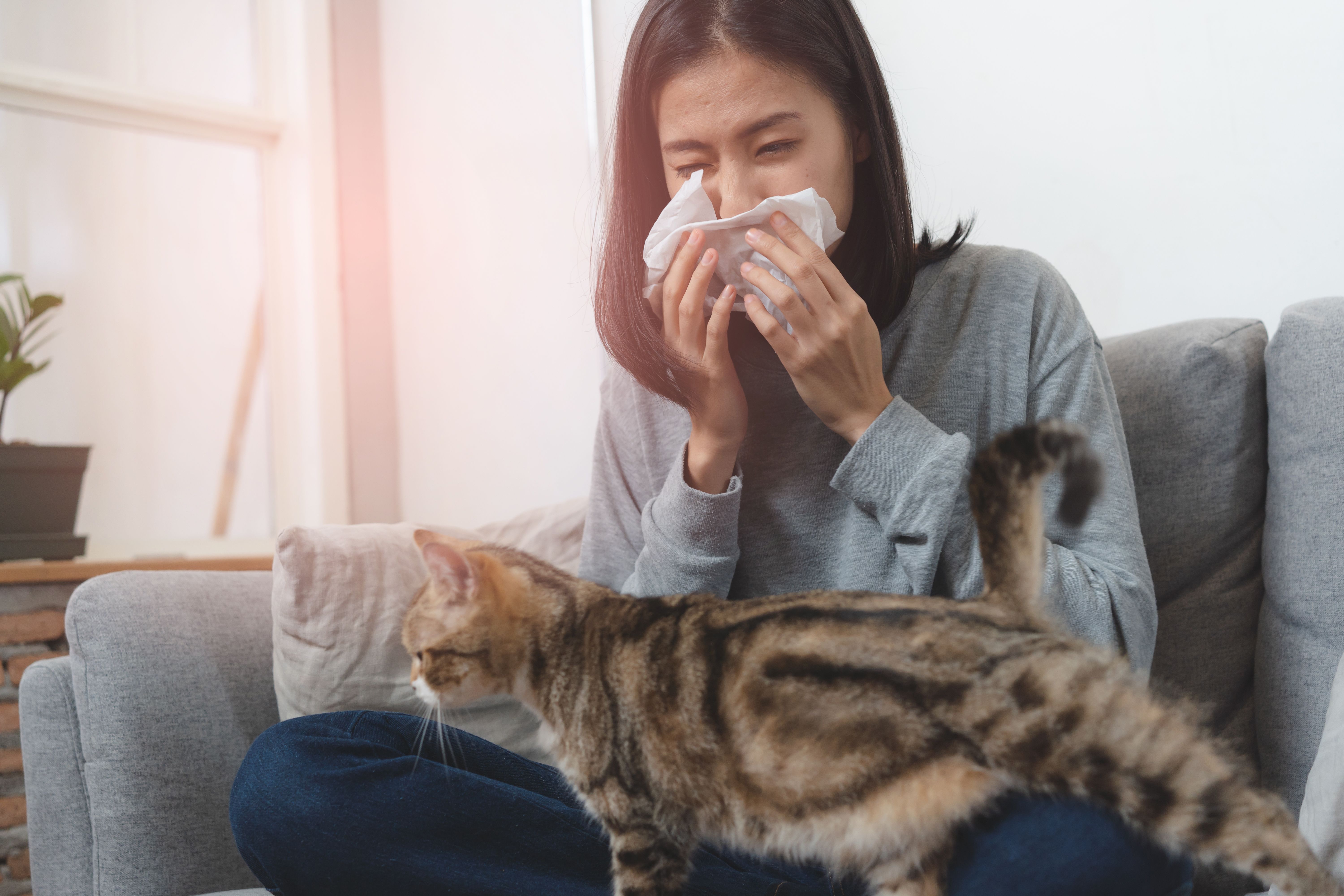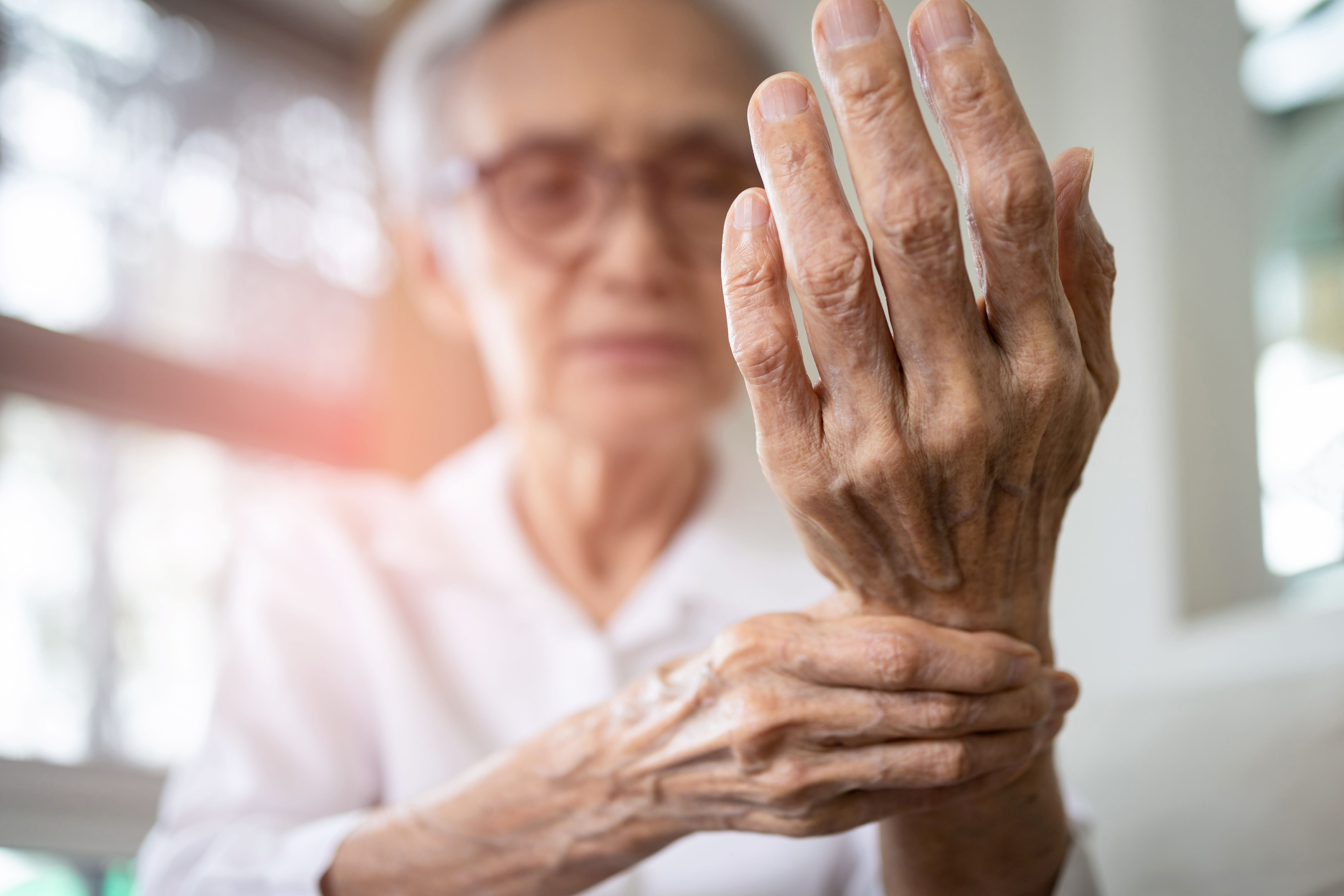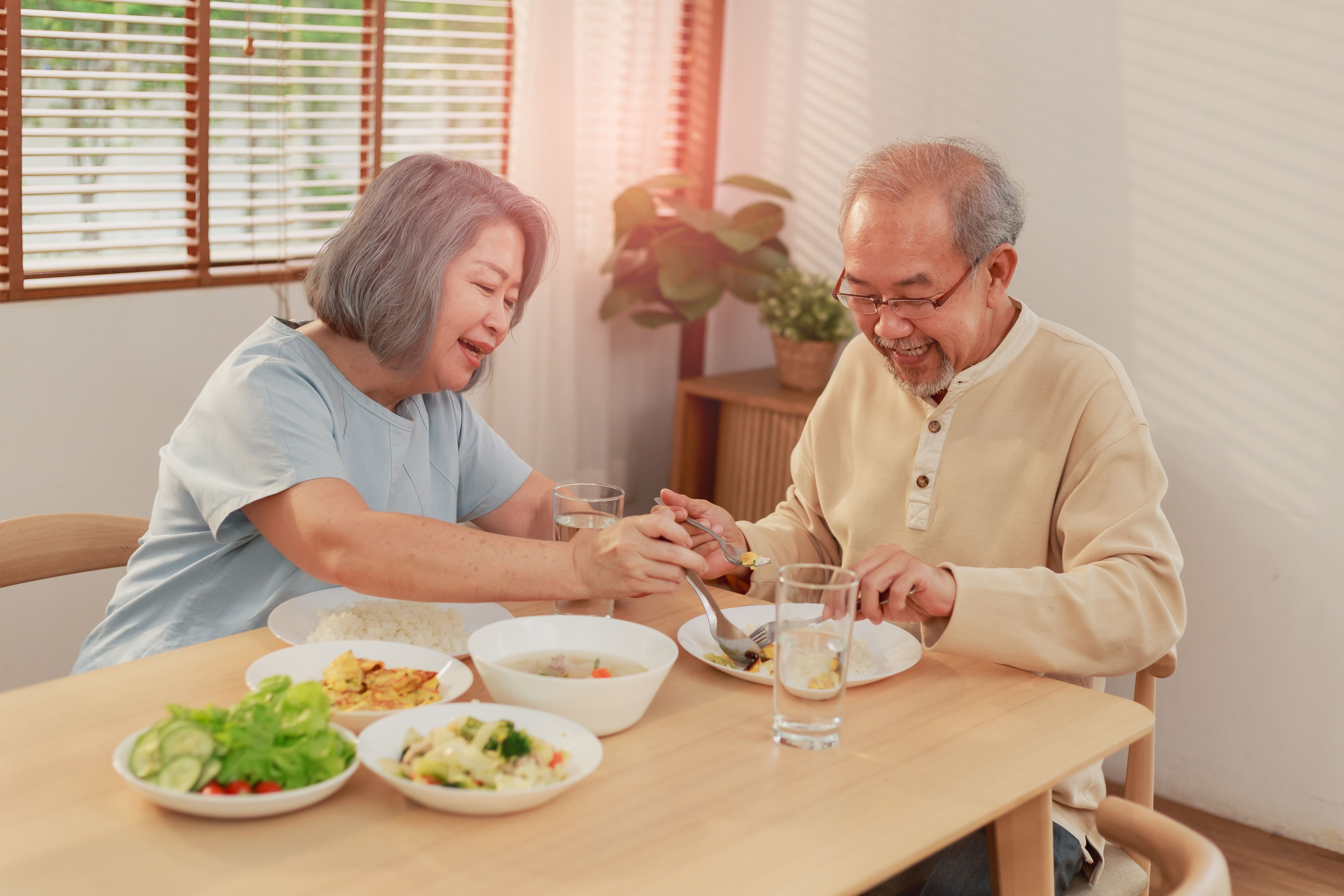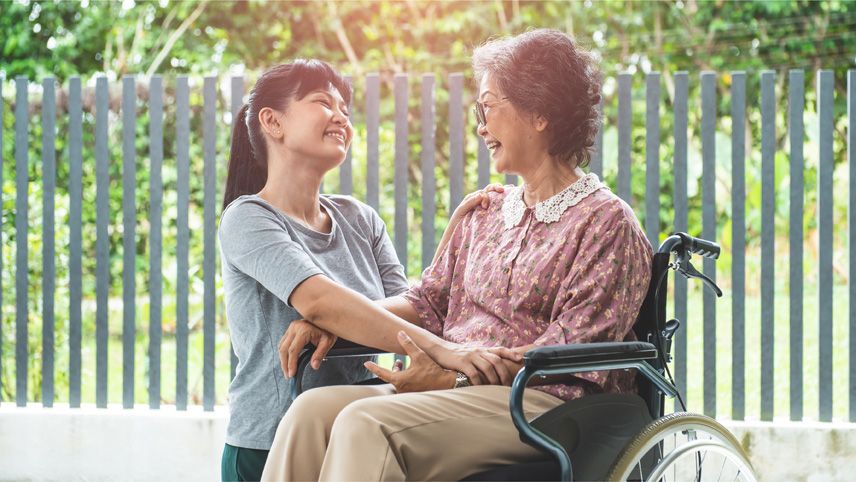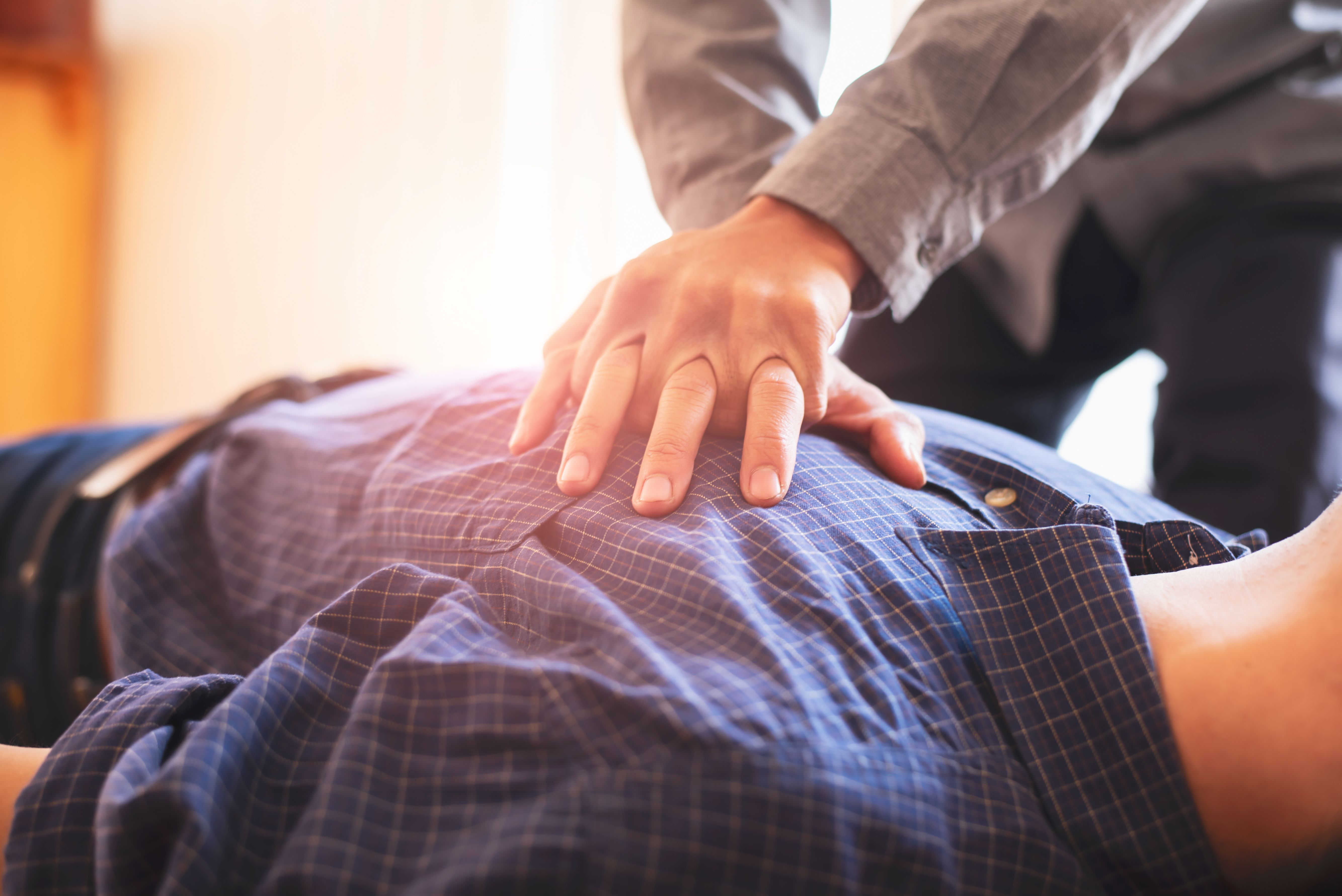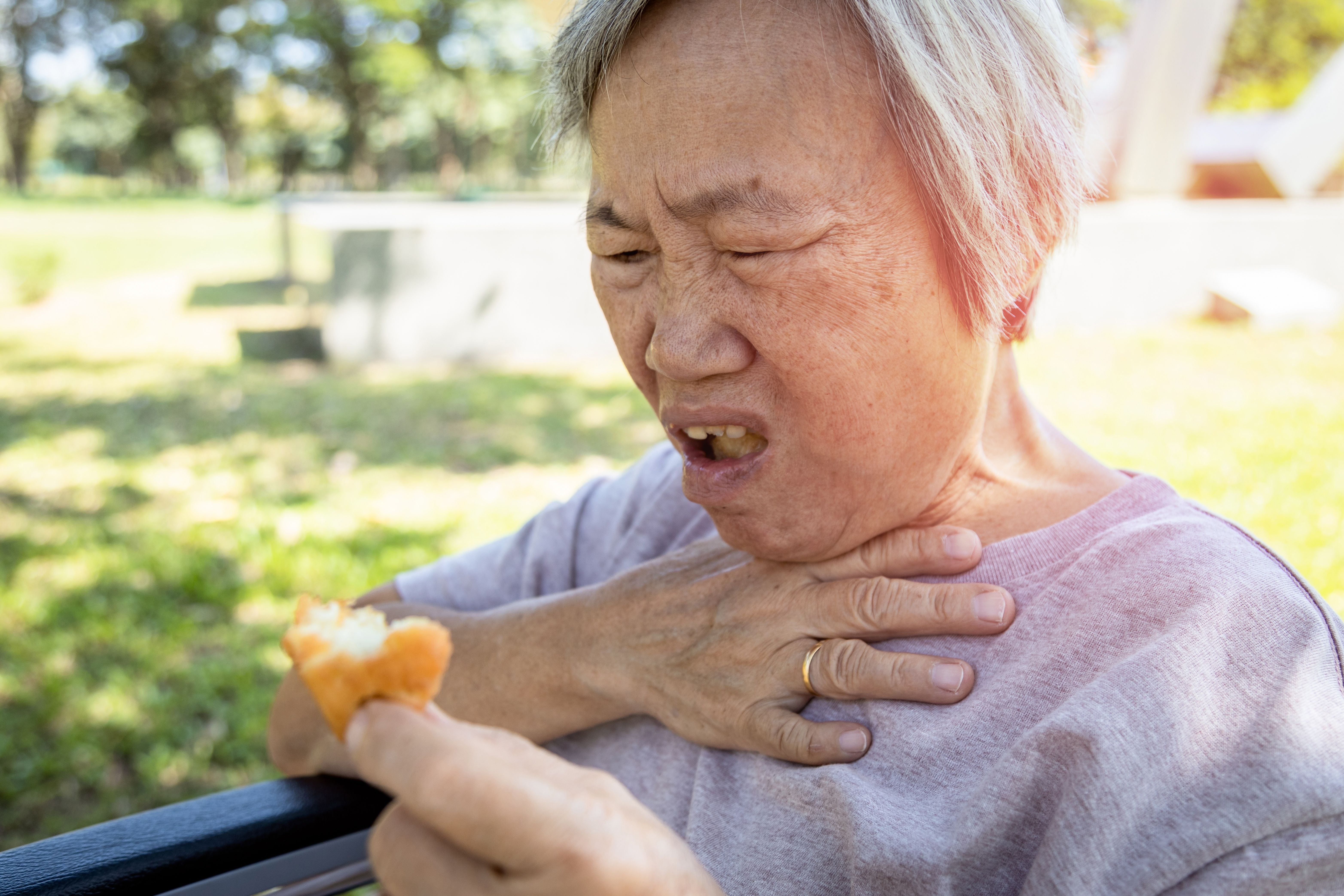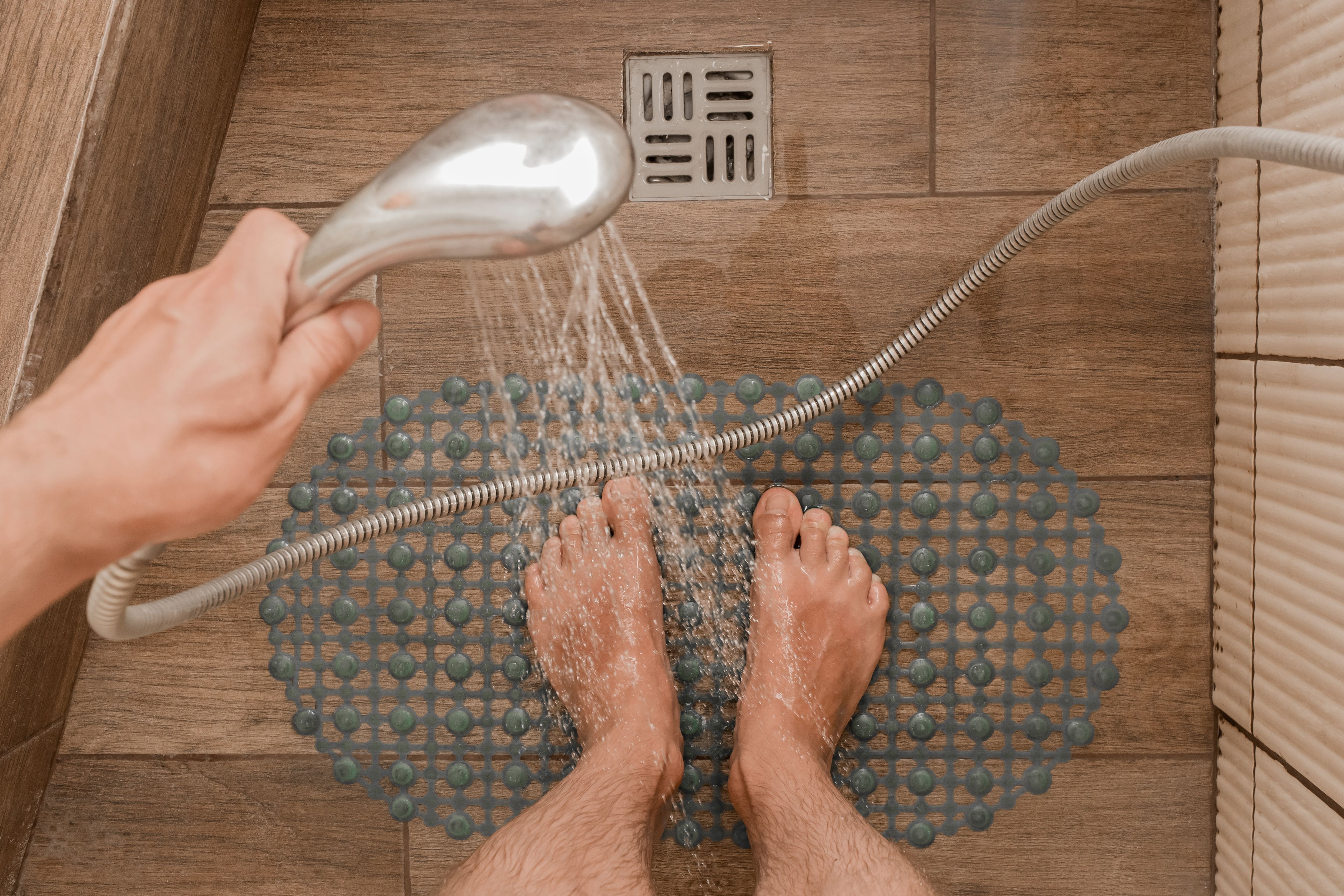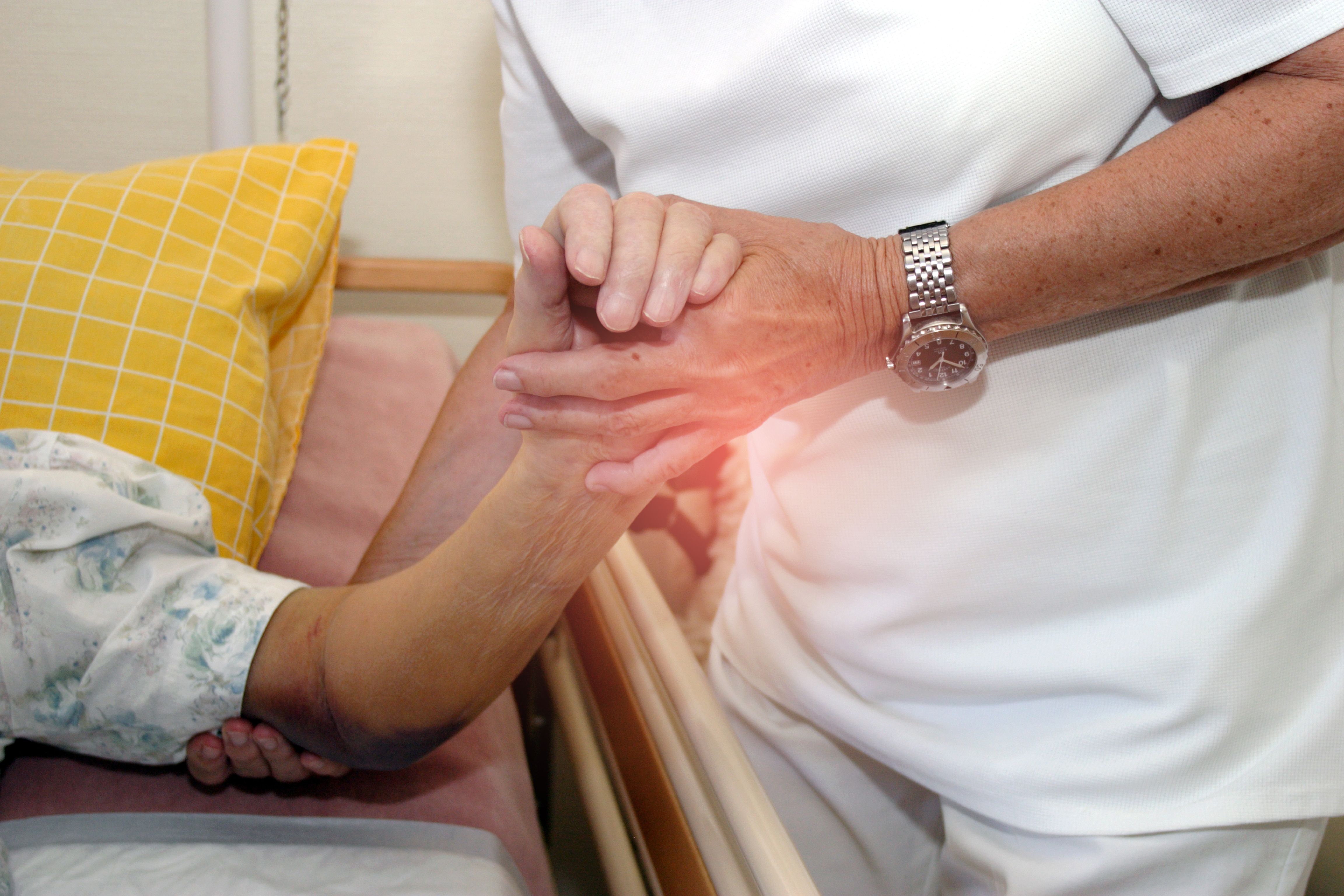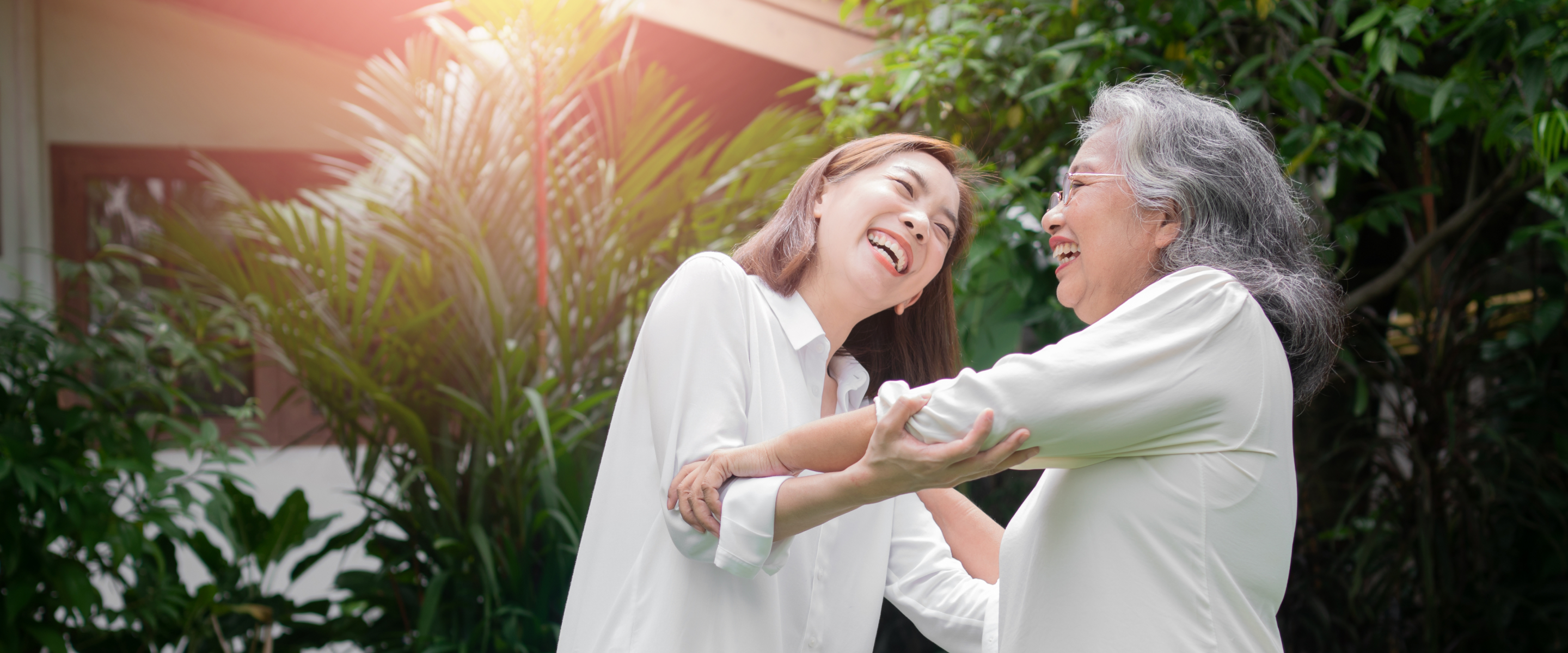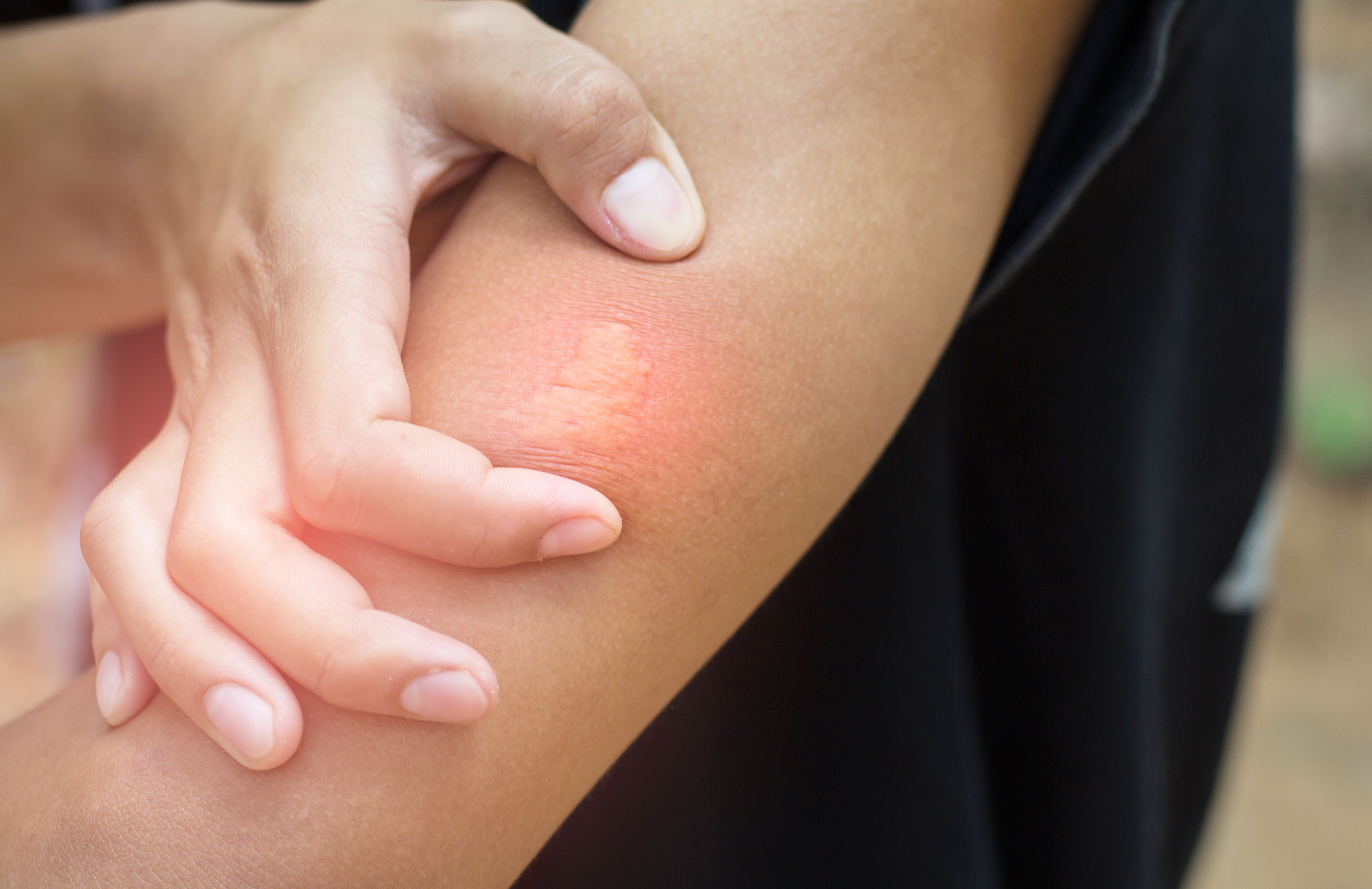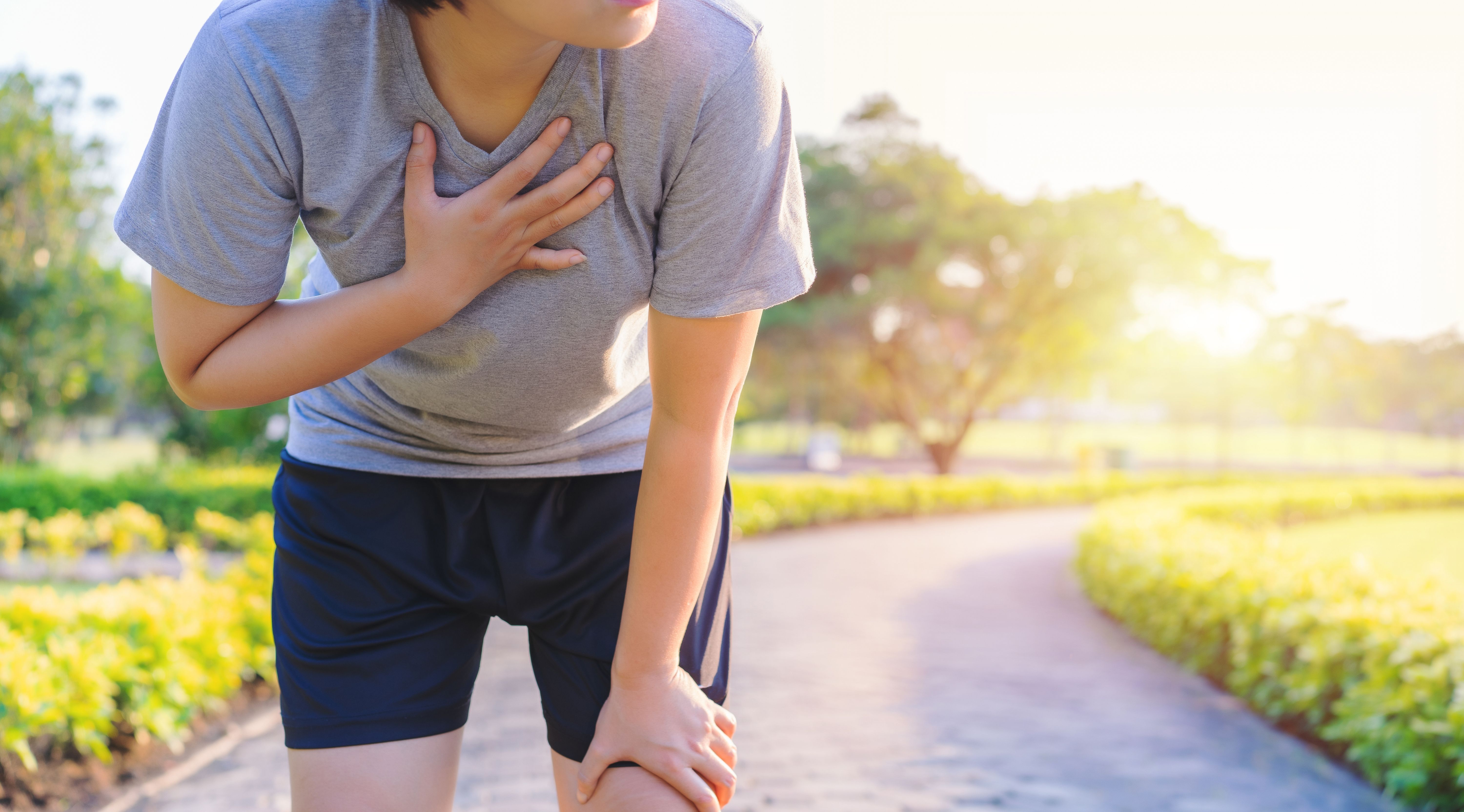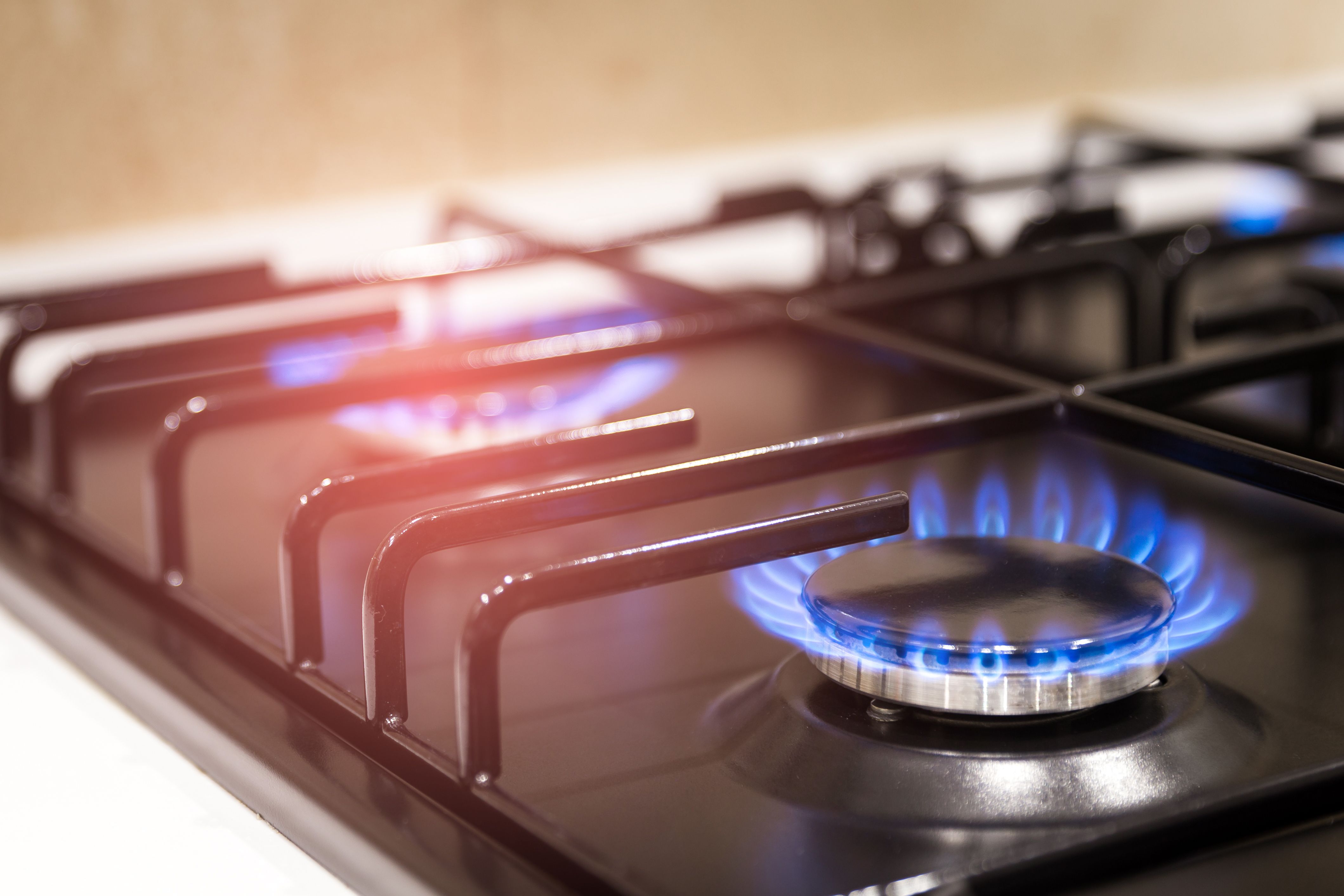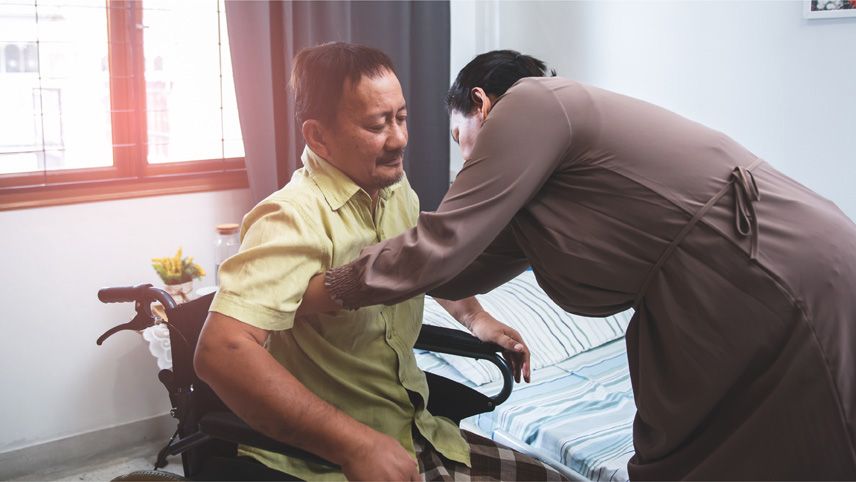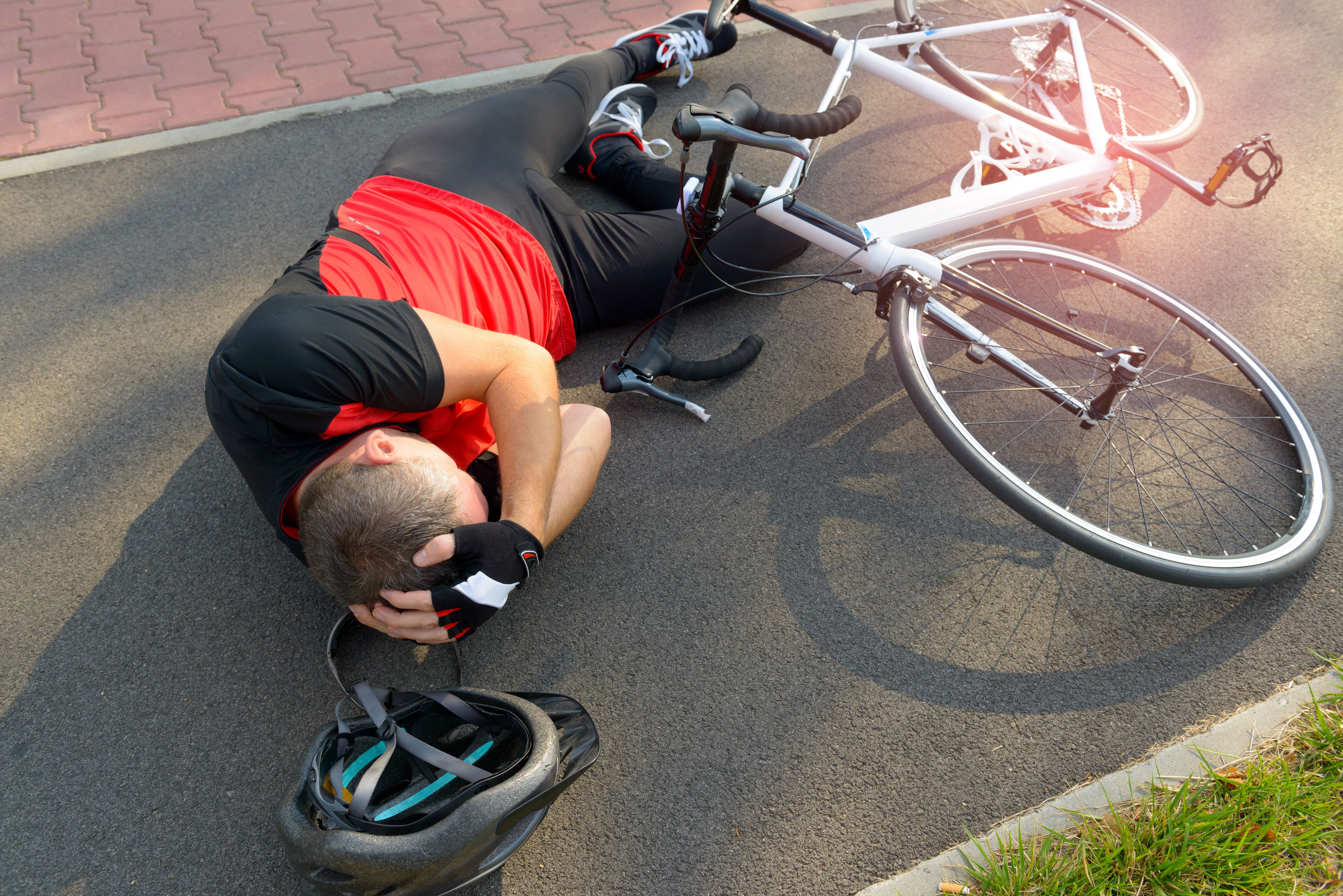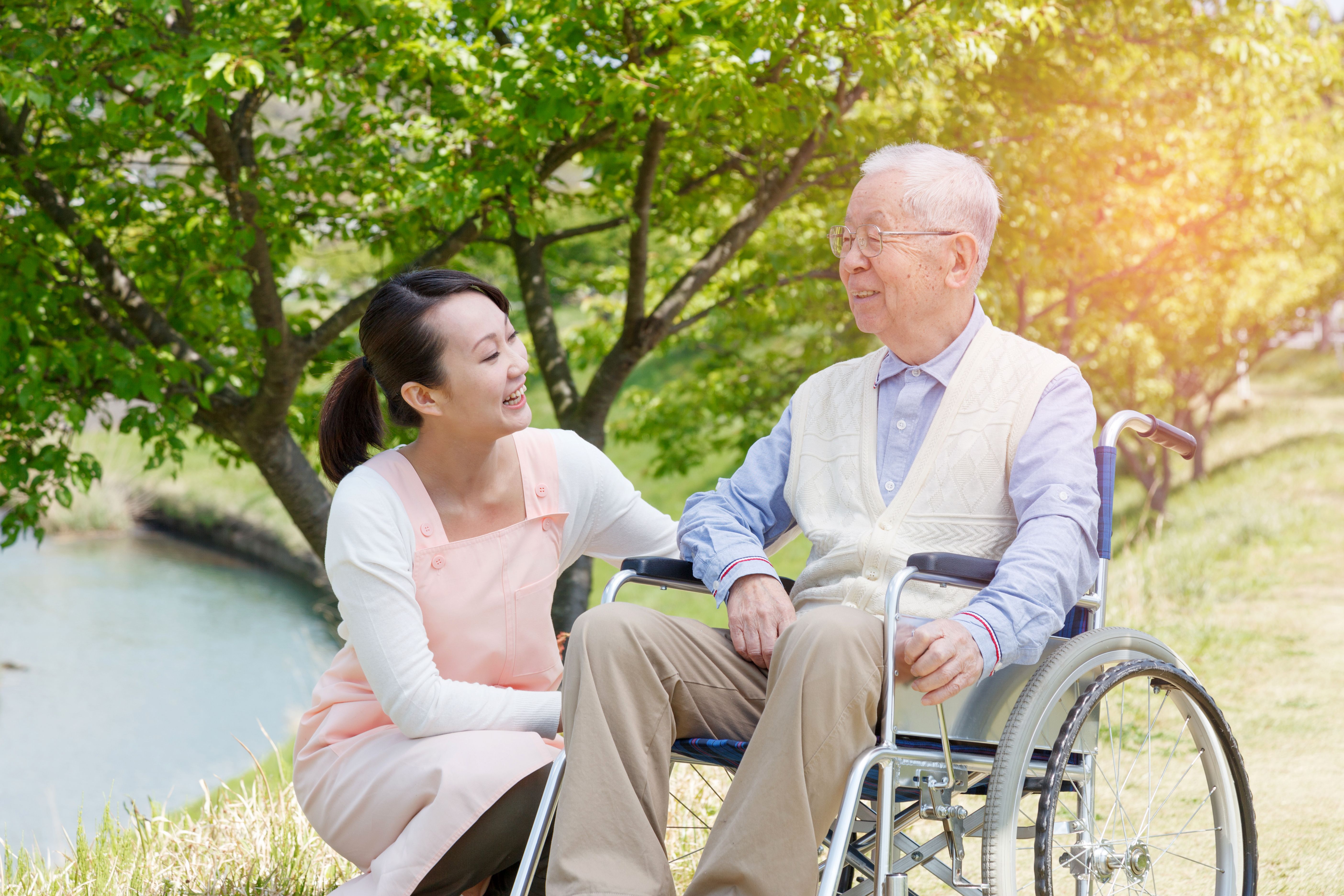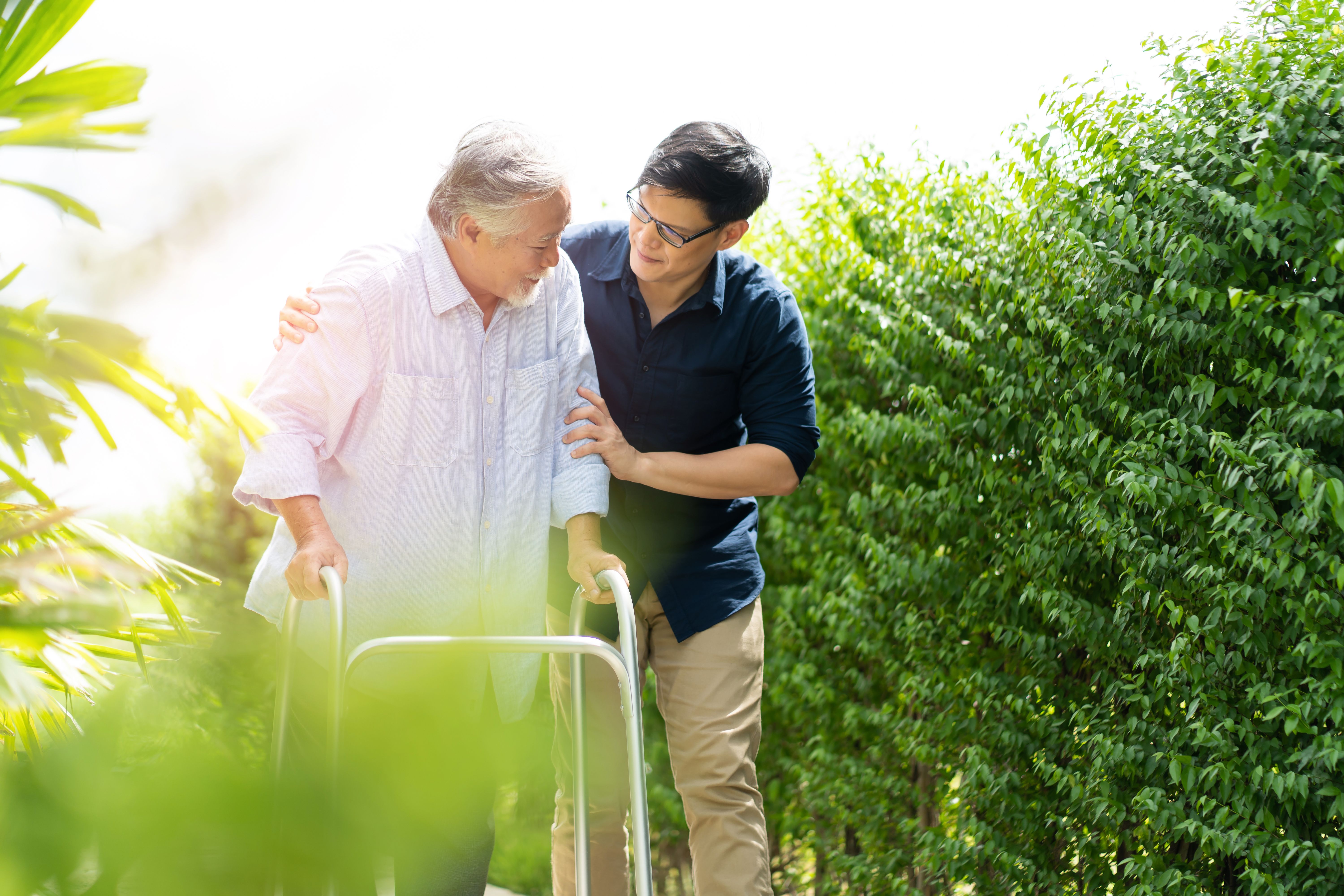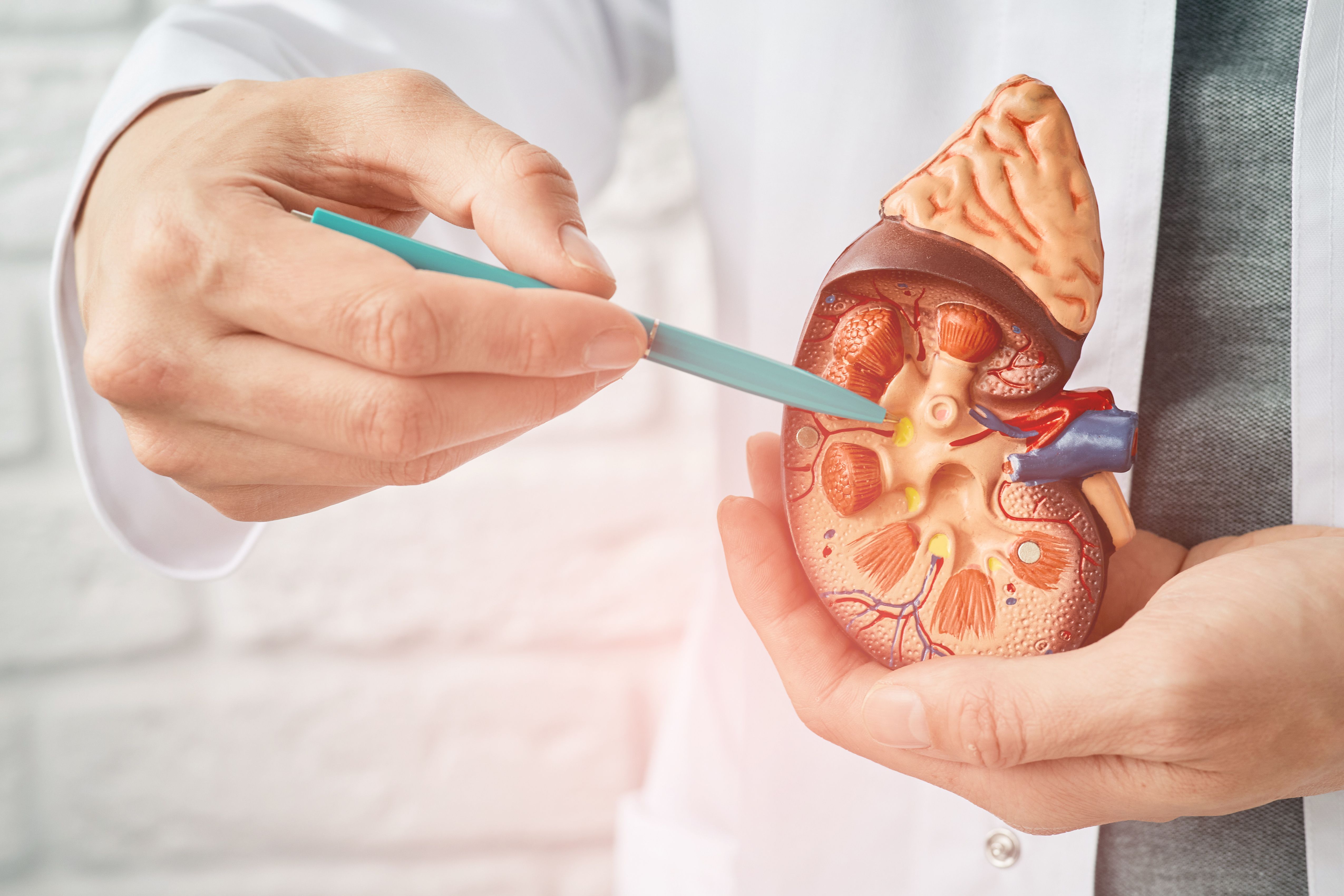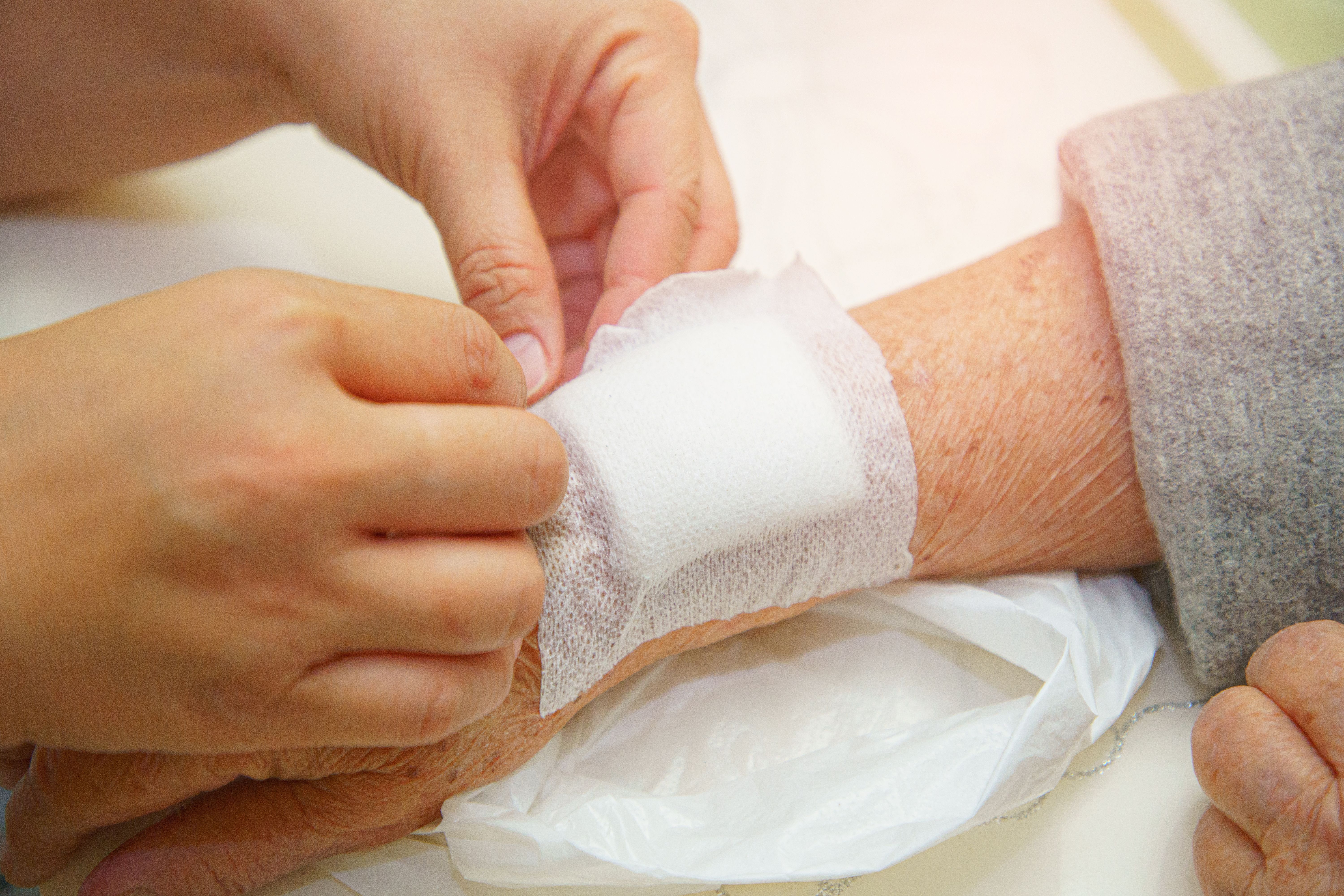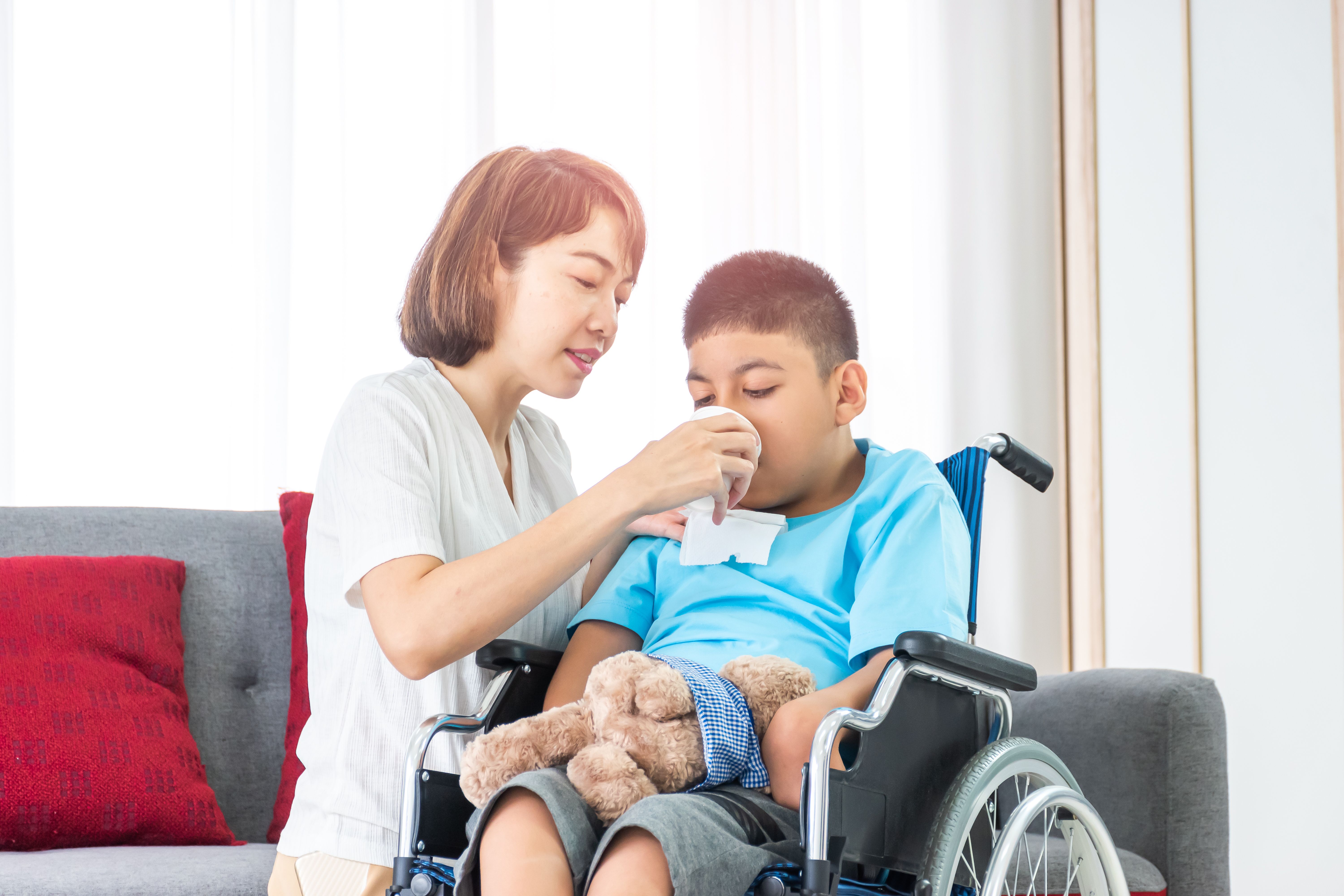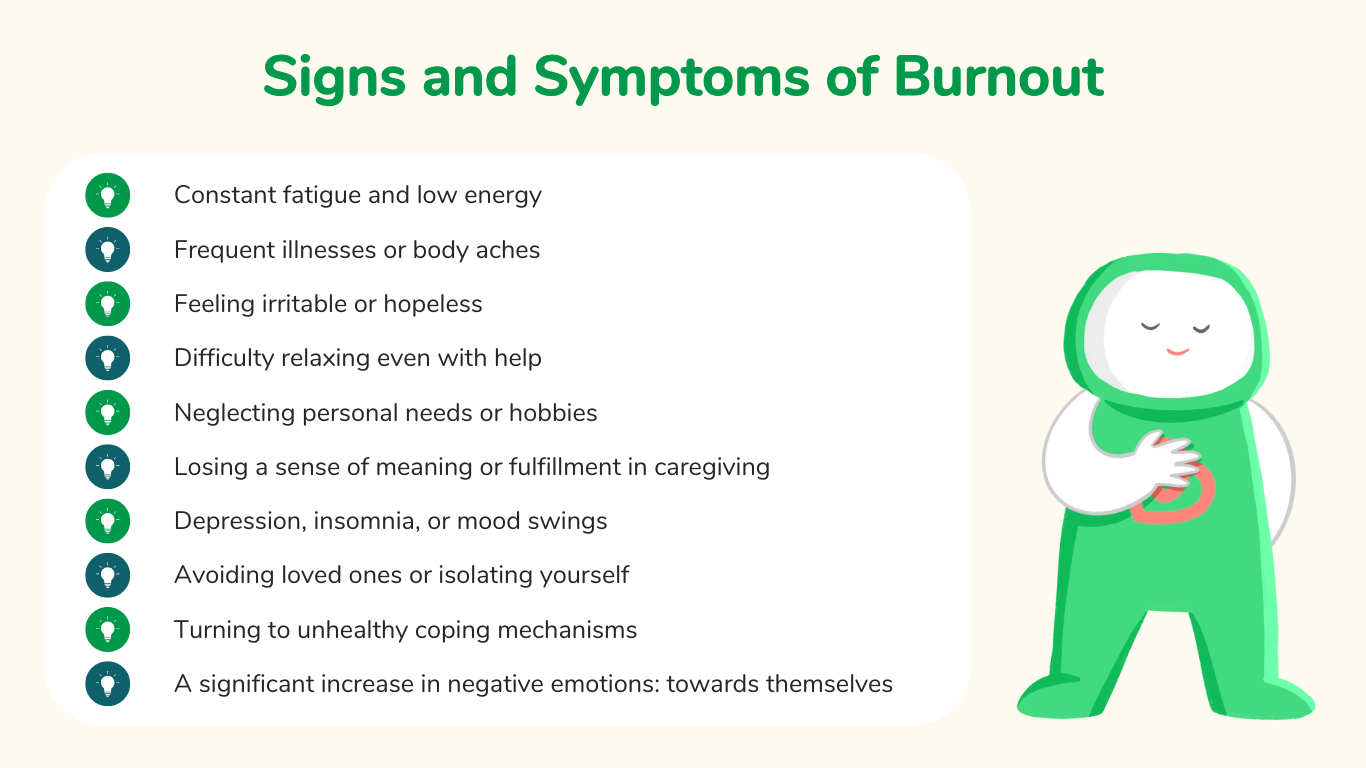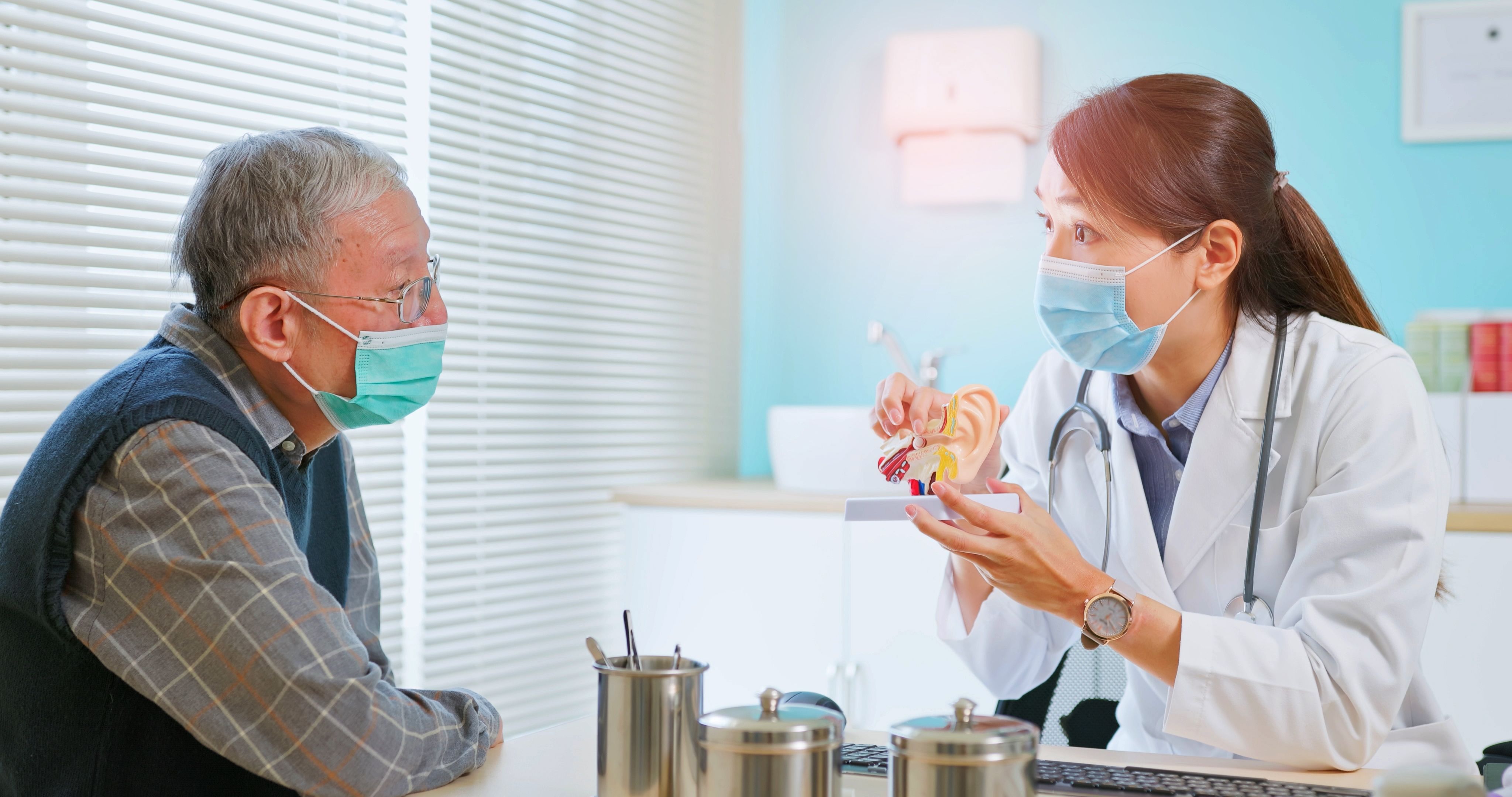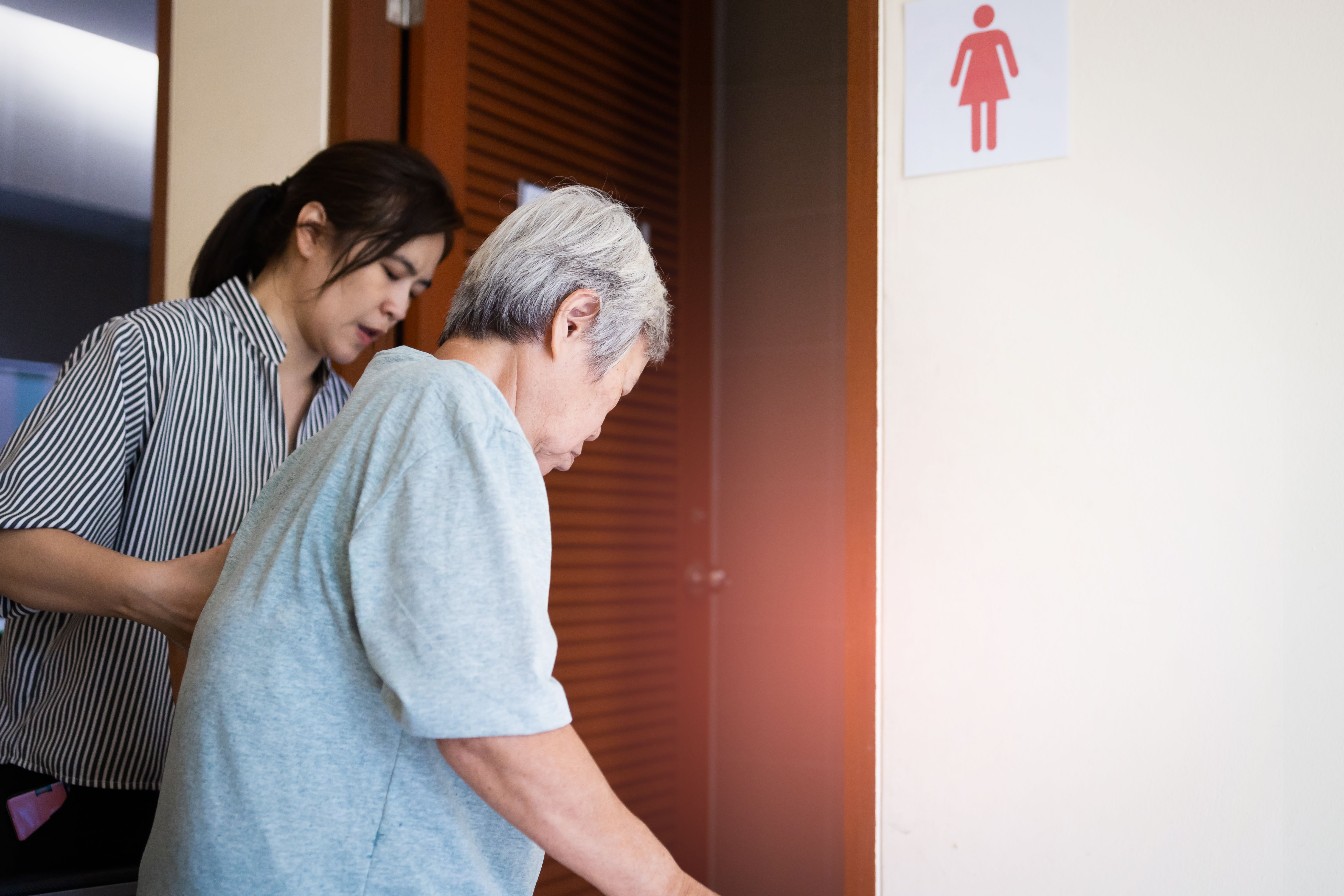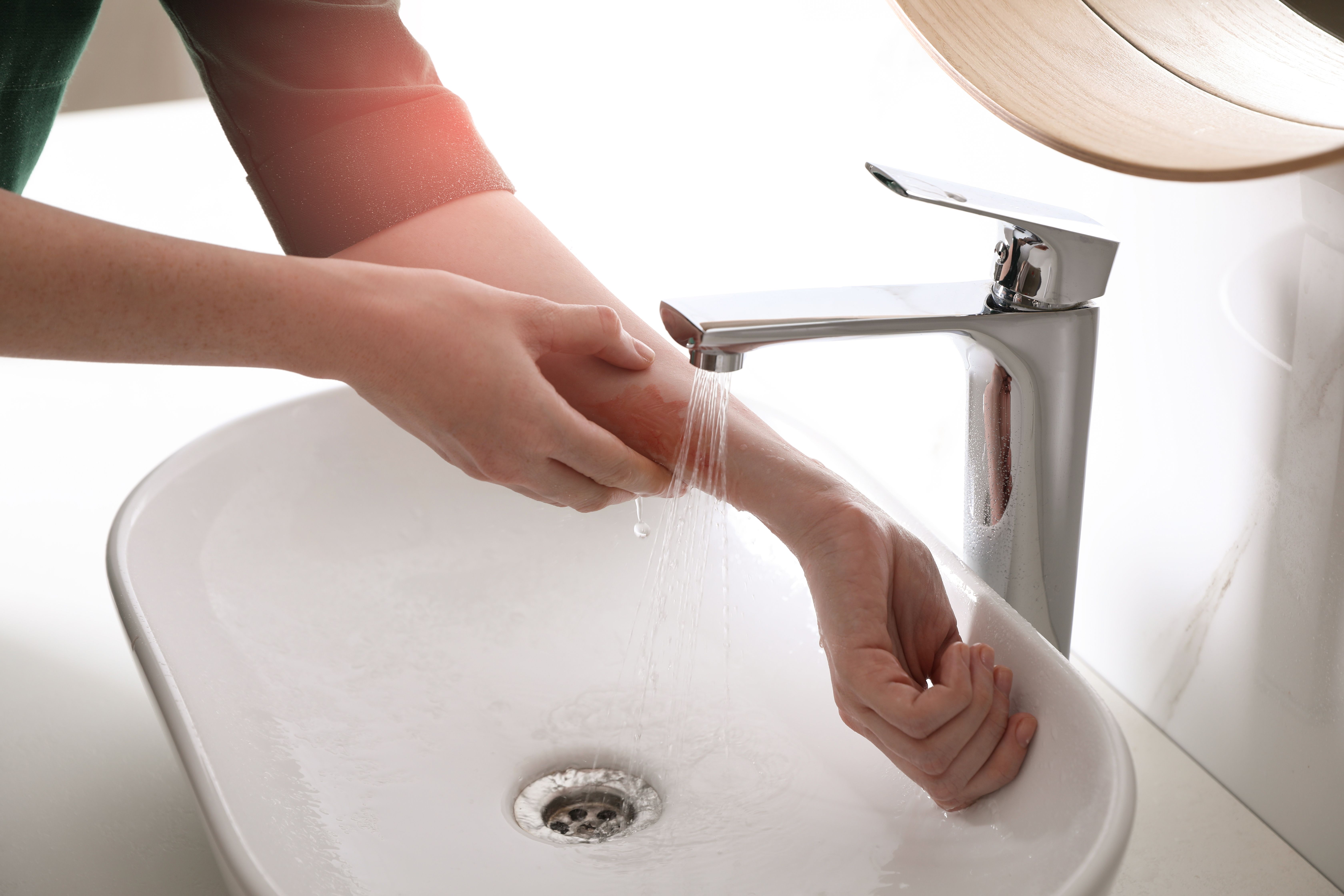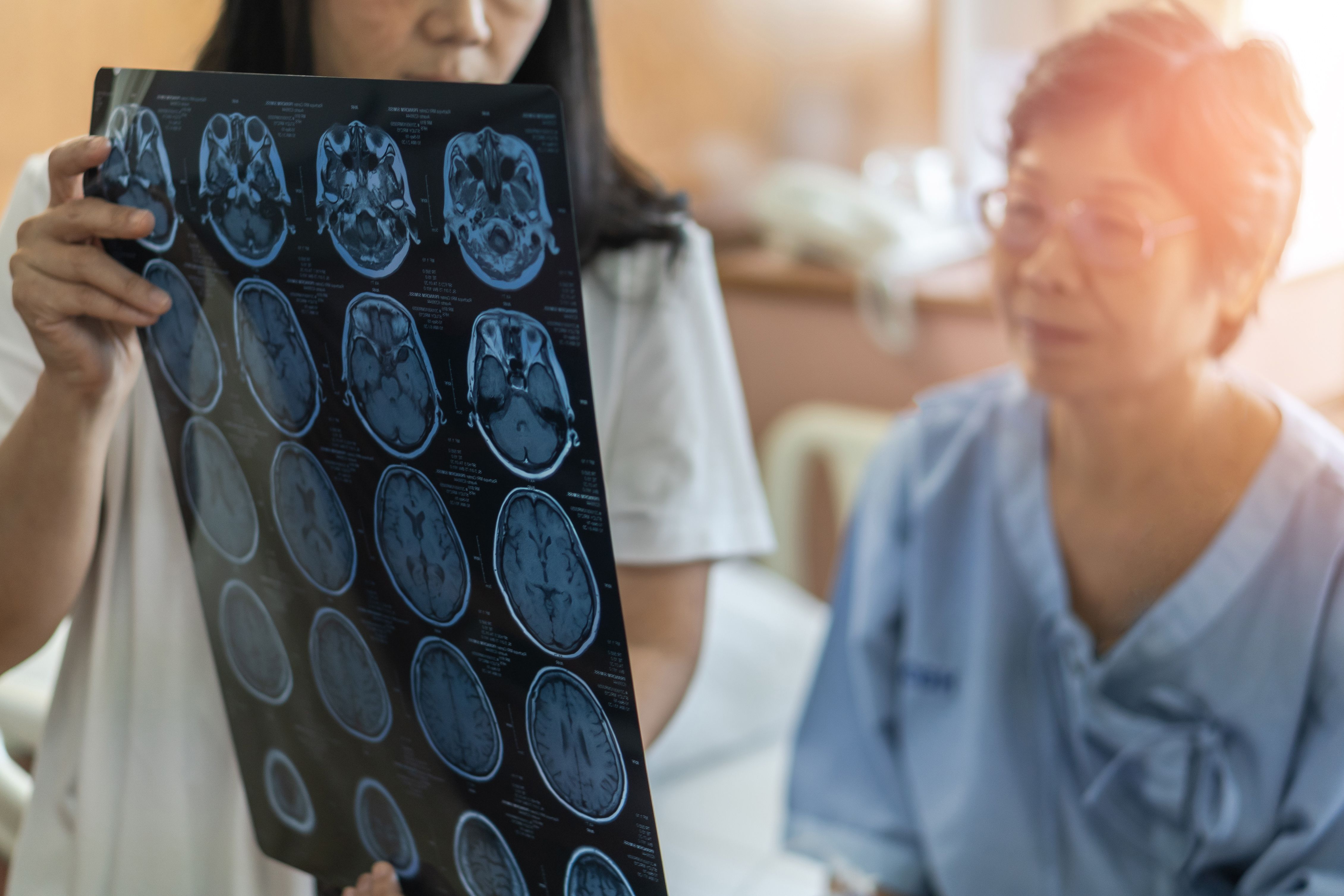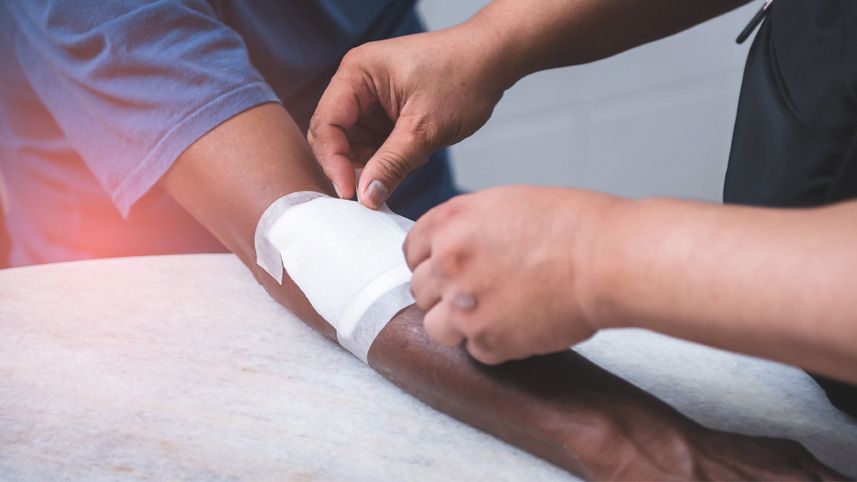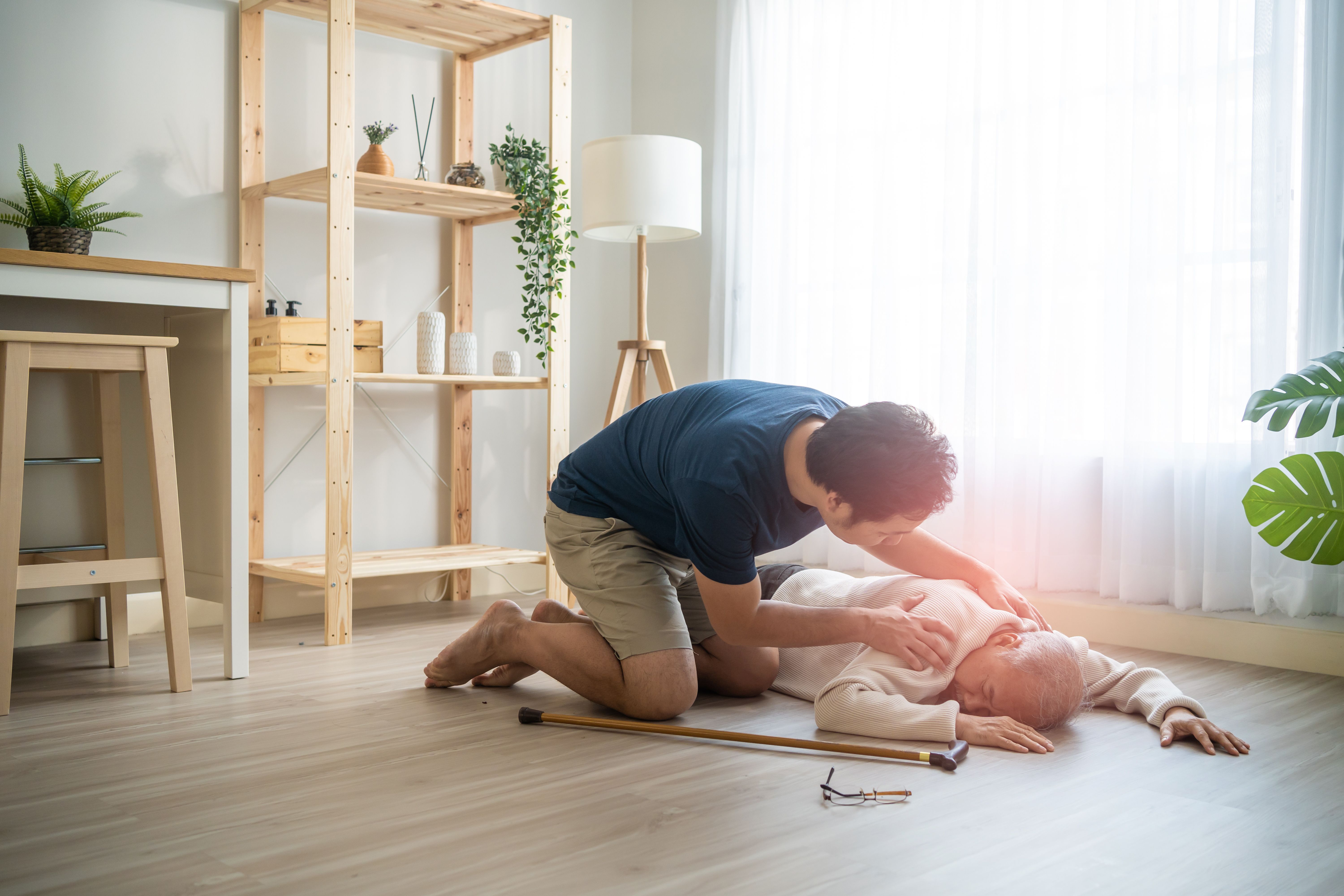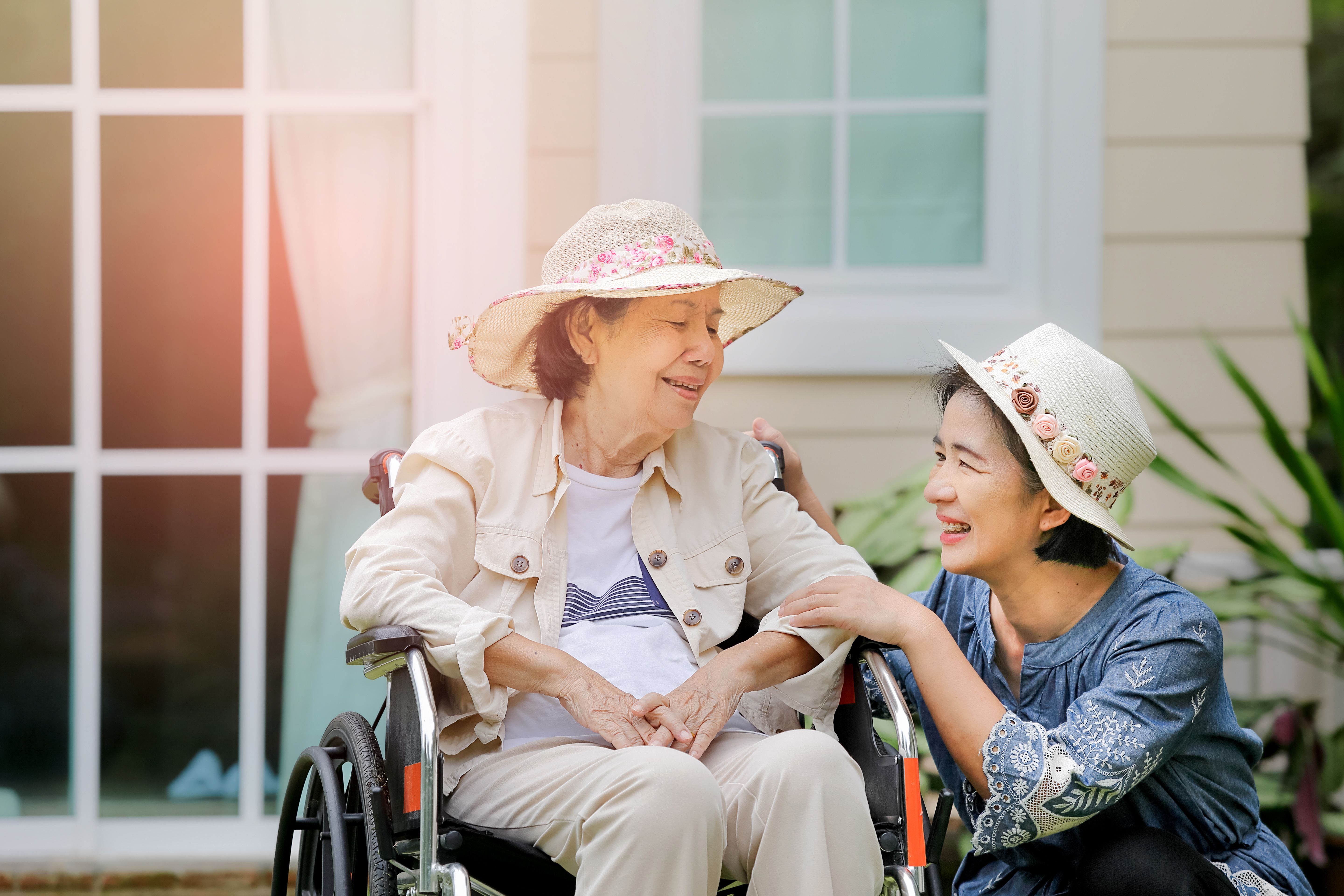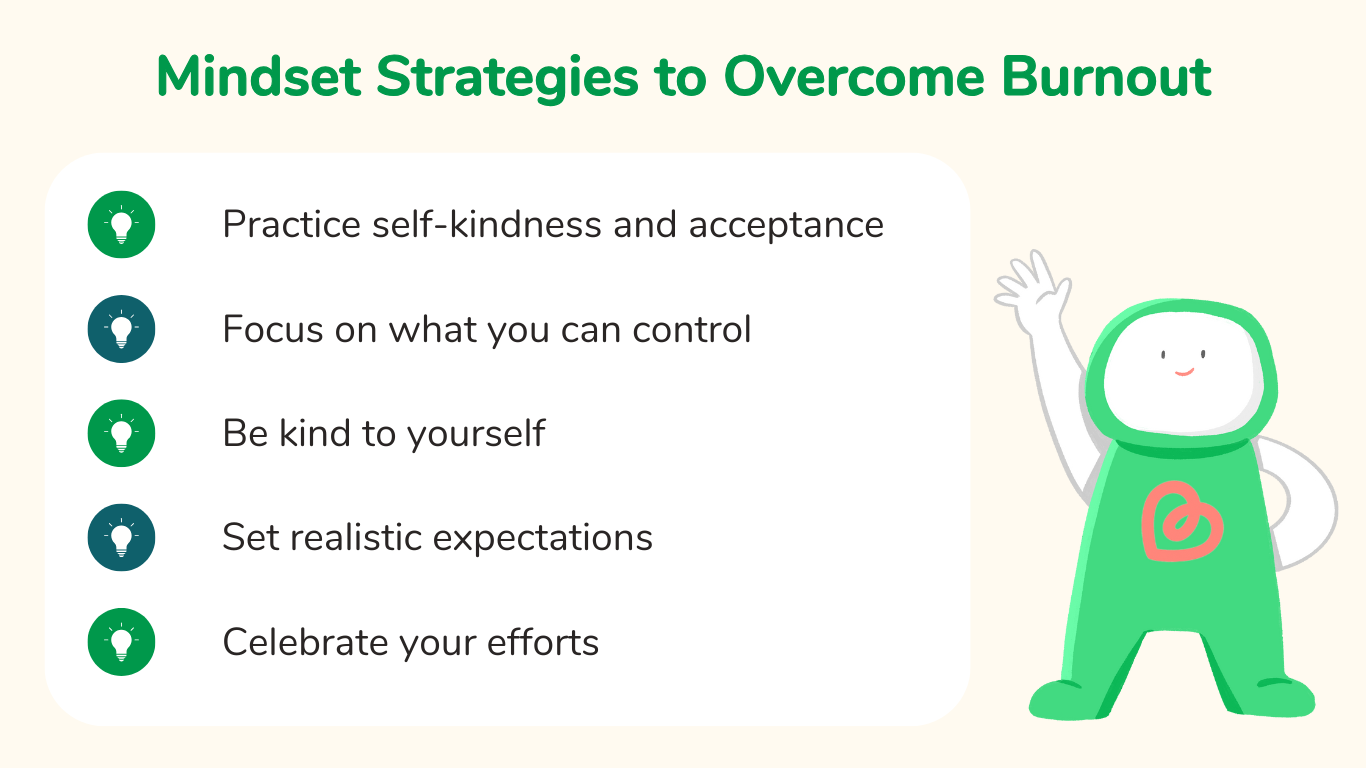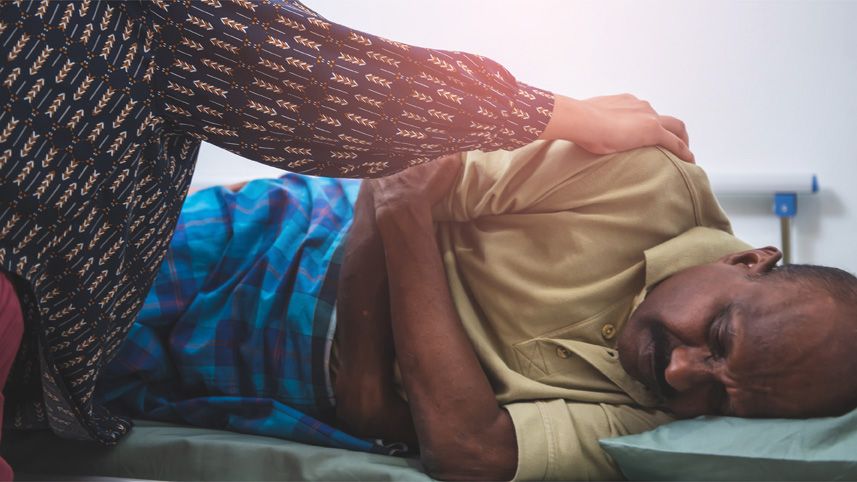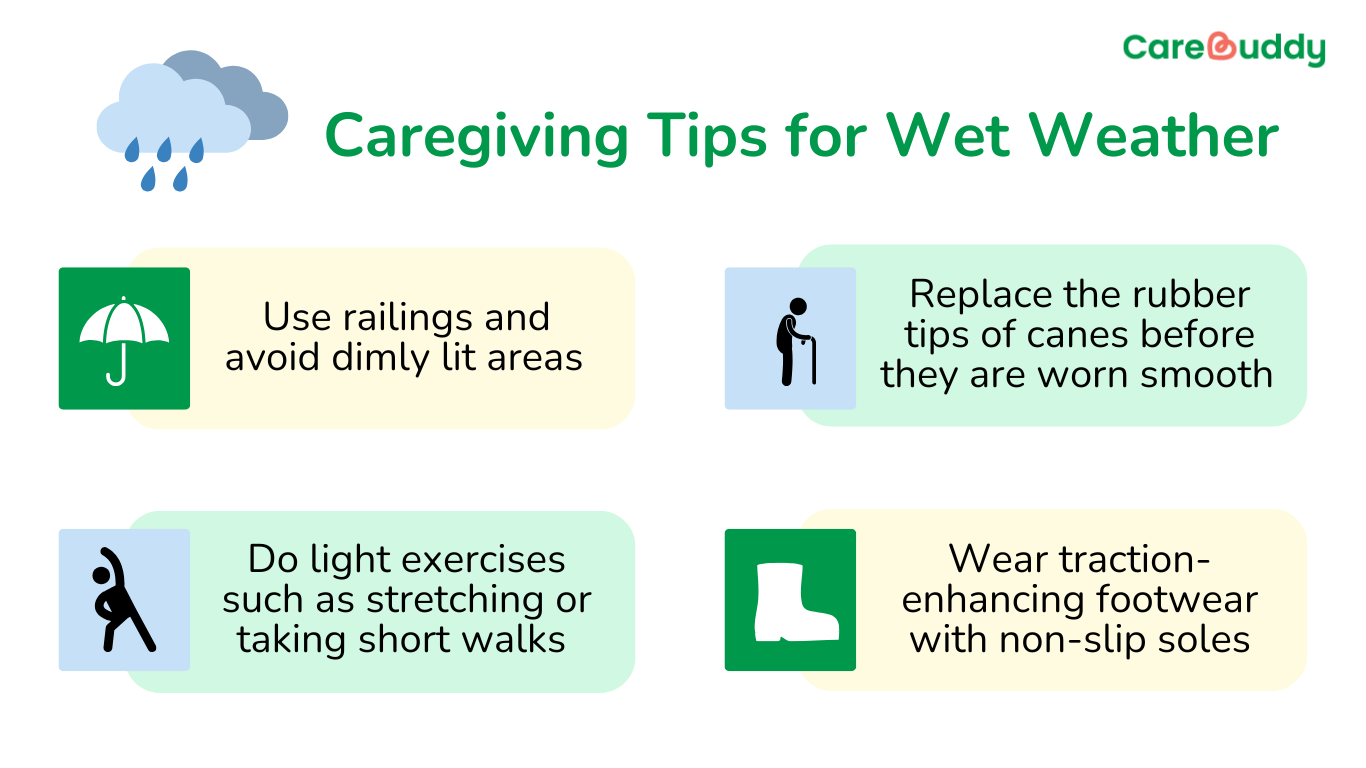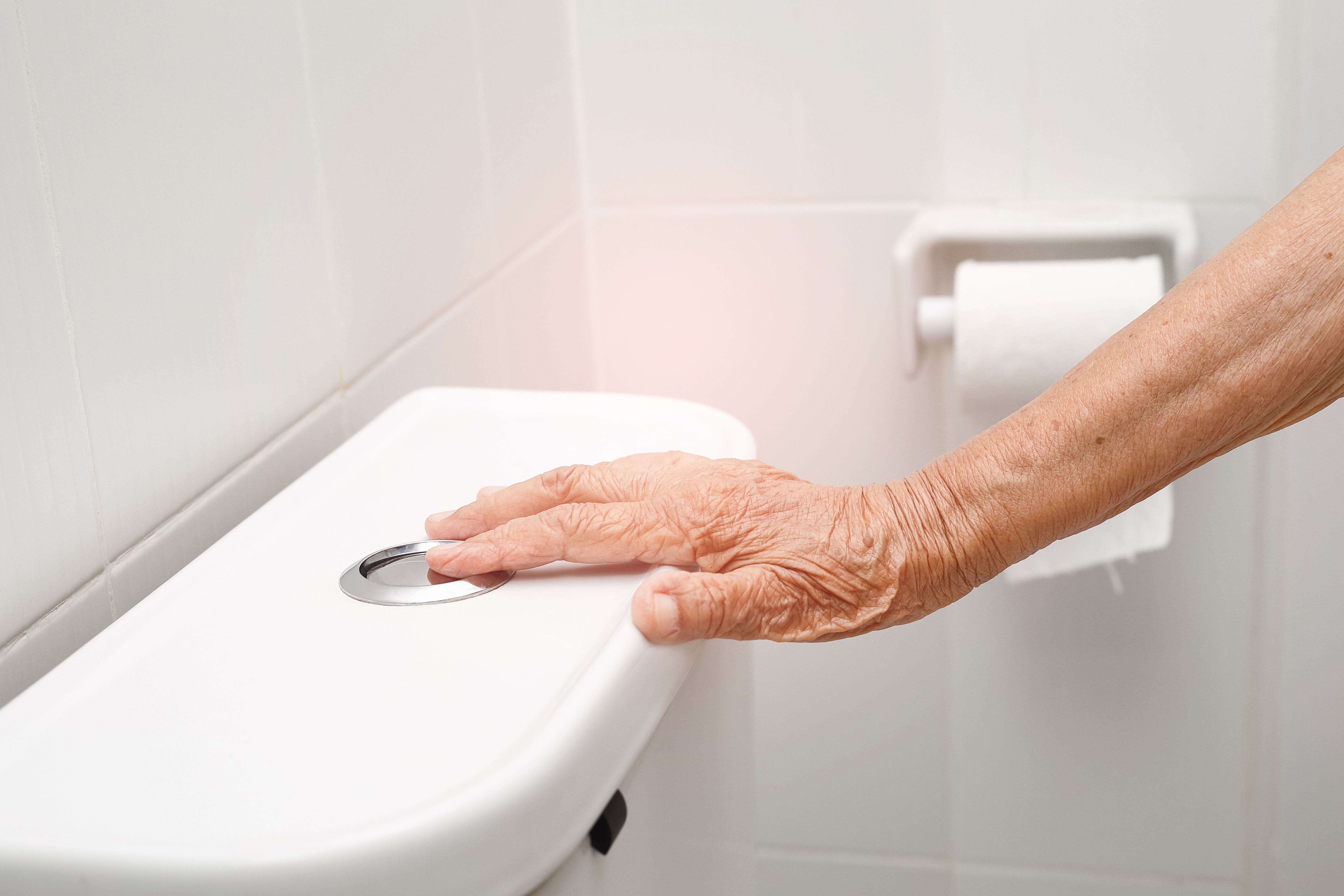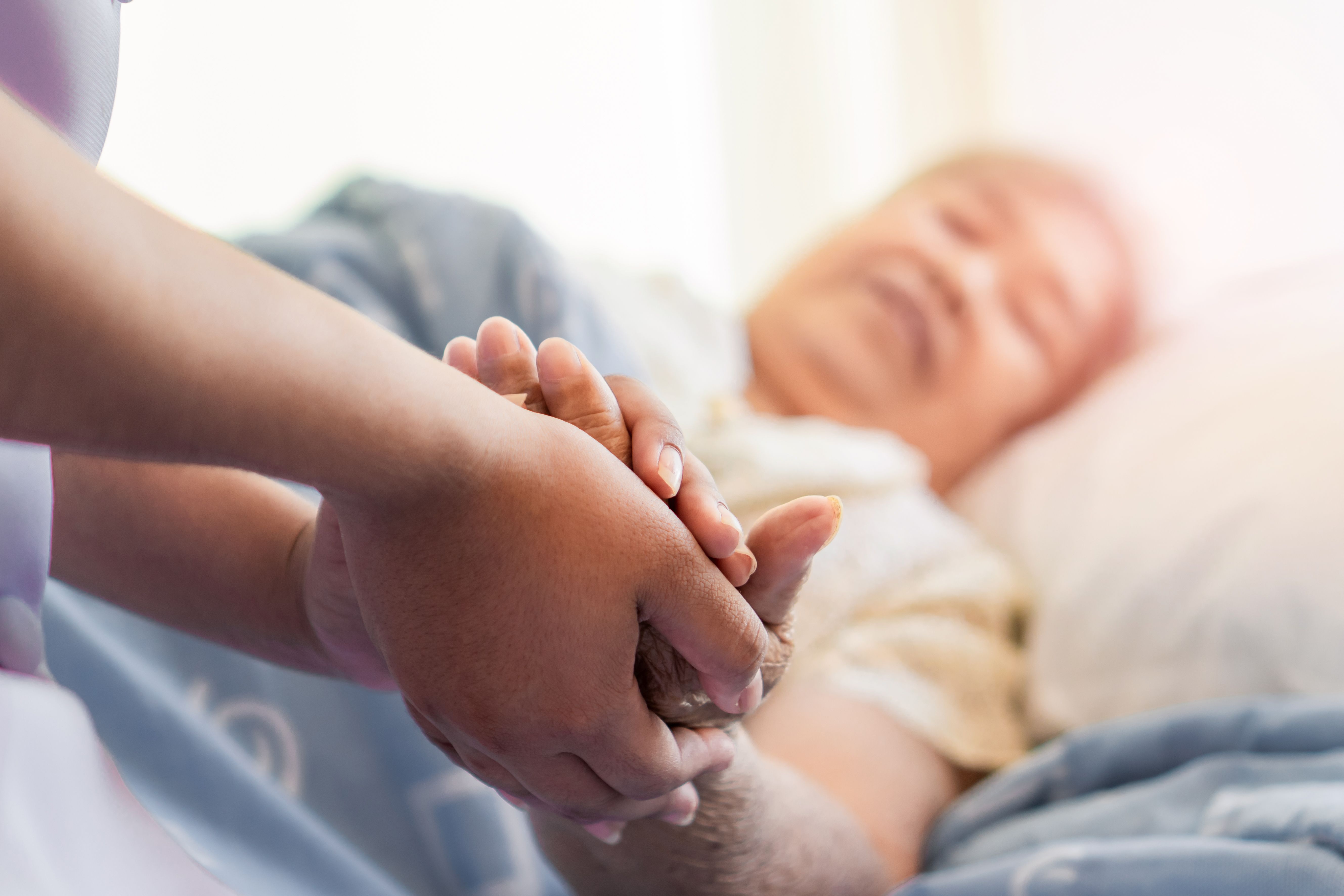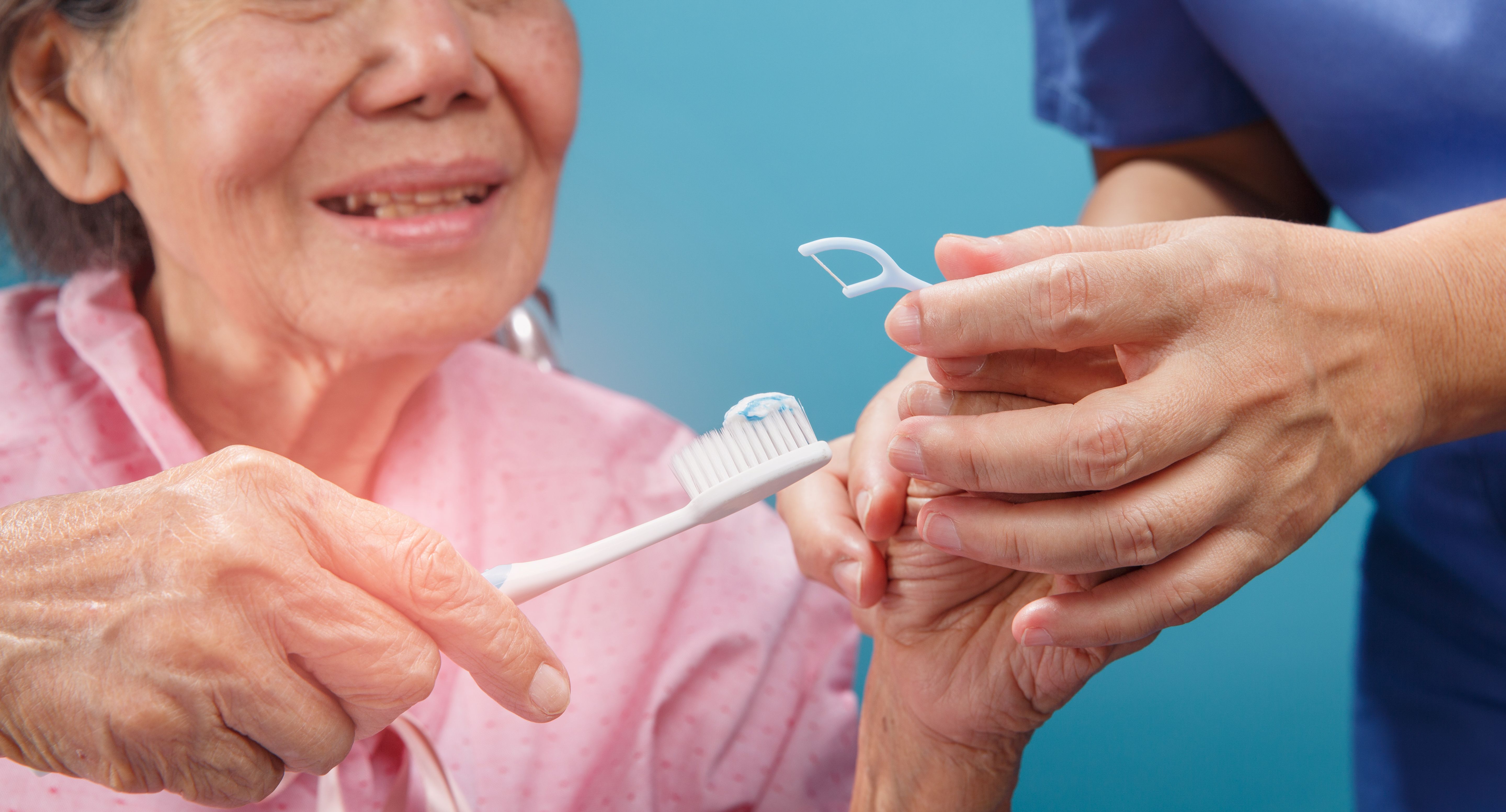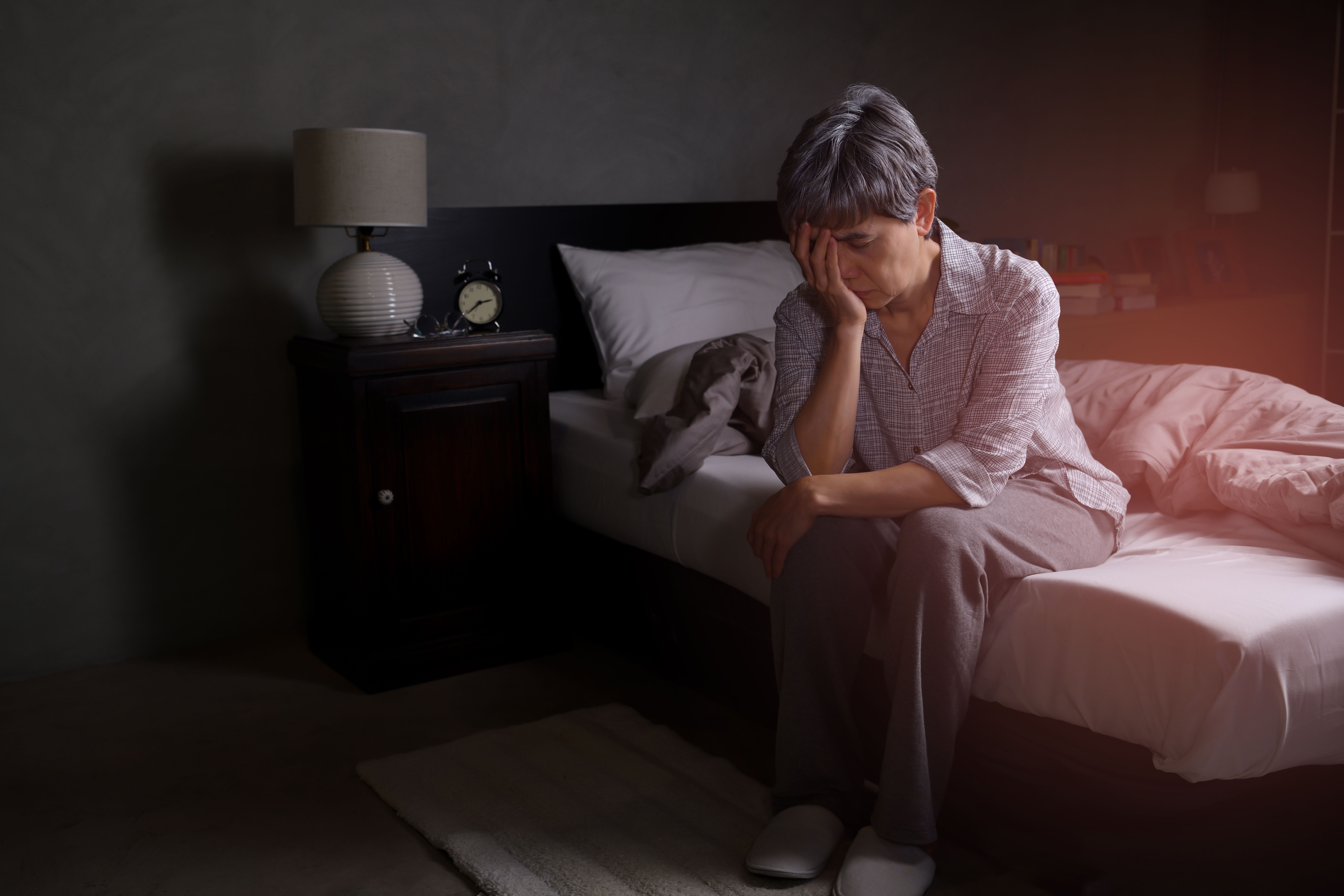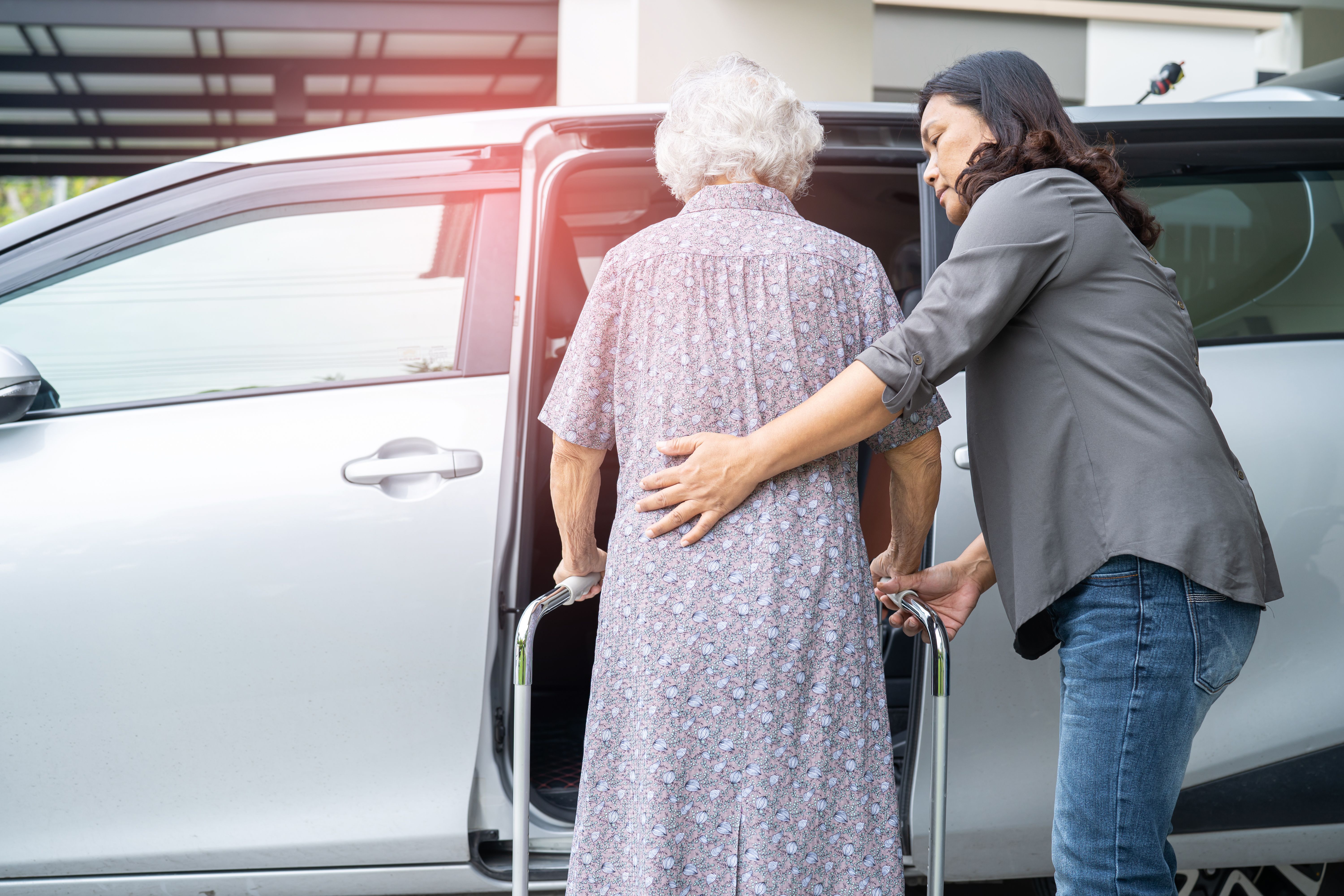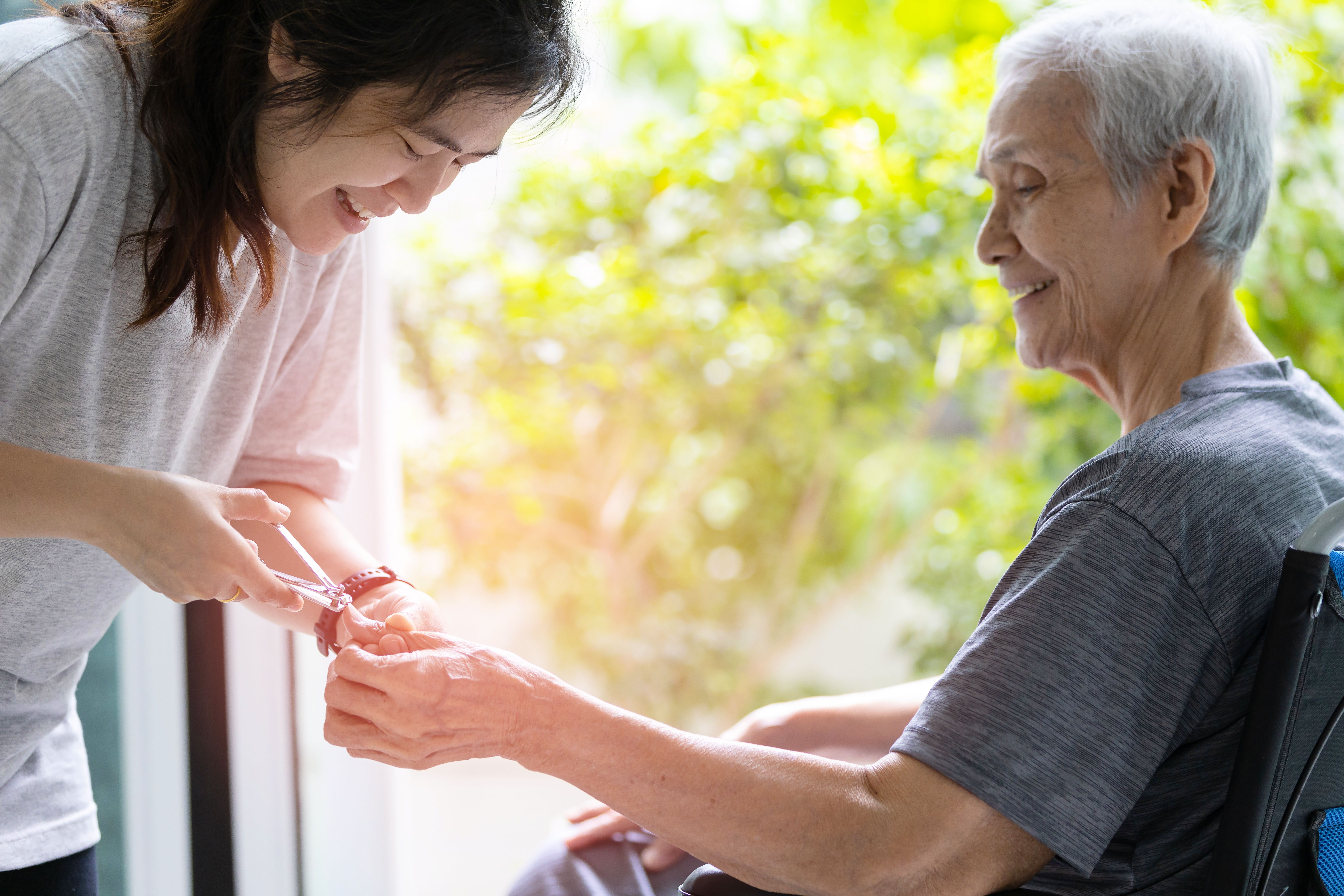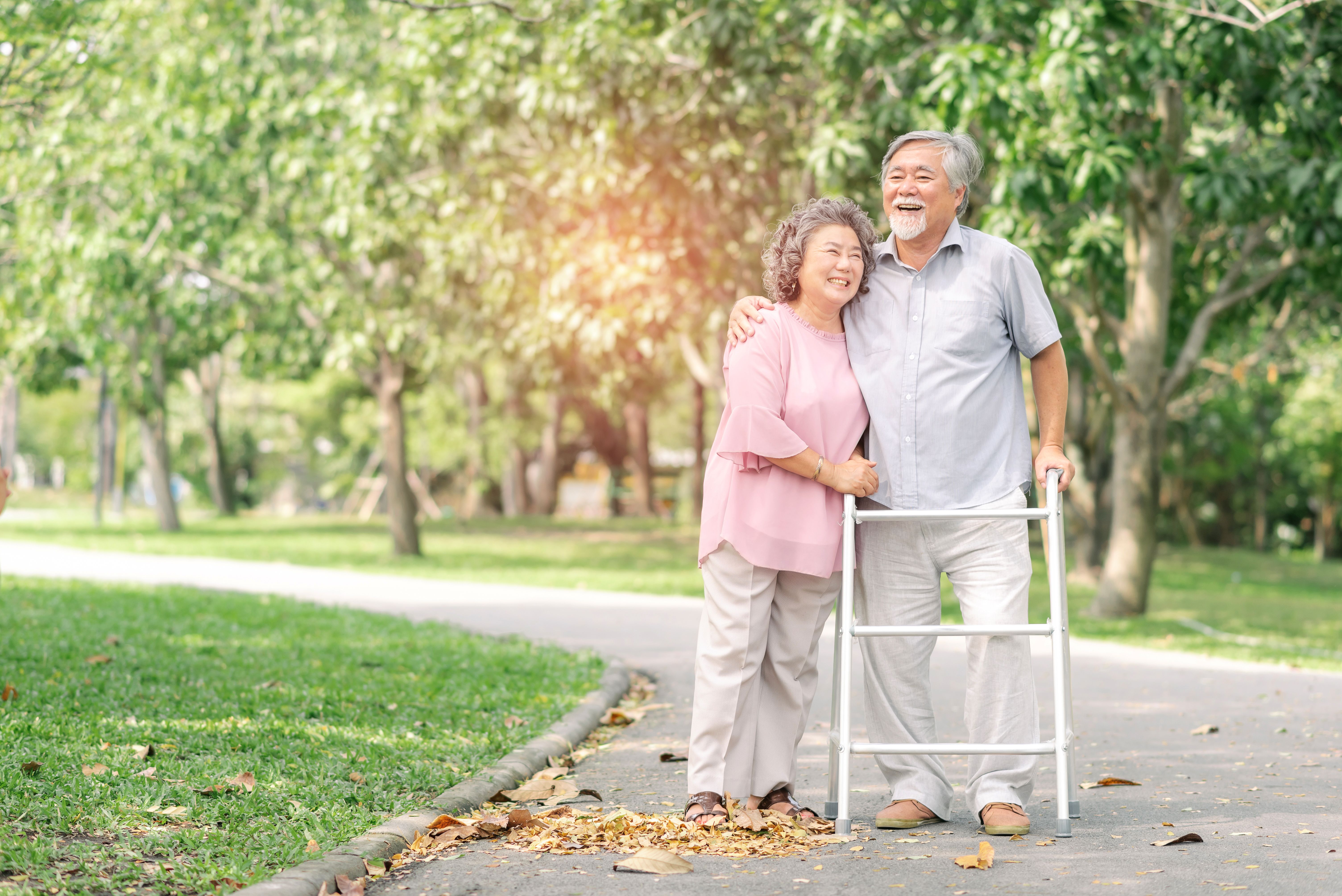Immediate first aid during sudden cardiac arrest
- CareBuddy
- 4 Mins Read
- 27 Jul 2022
- First Aid & CPR
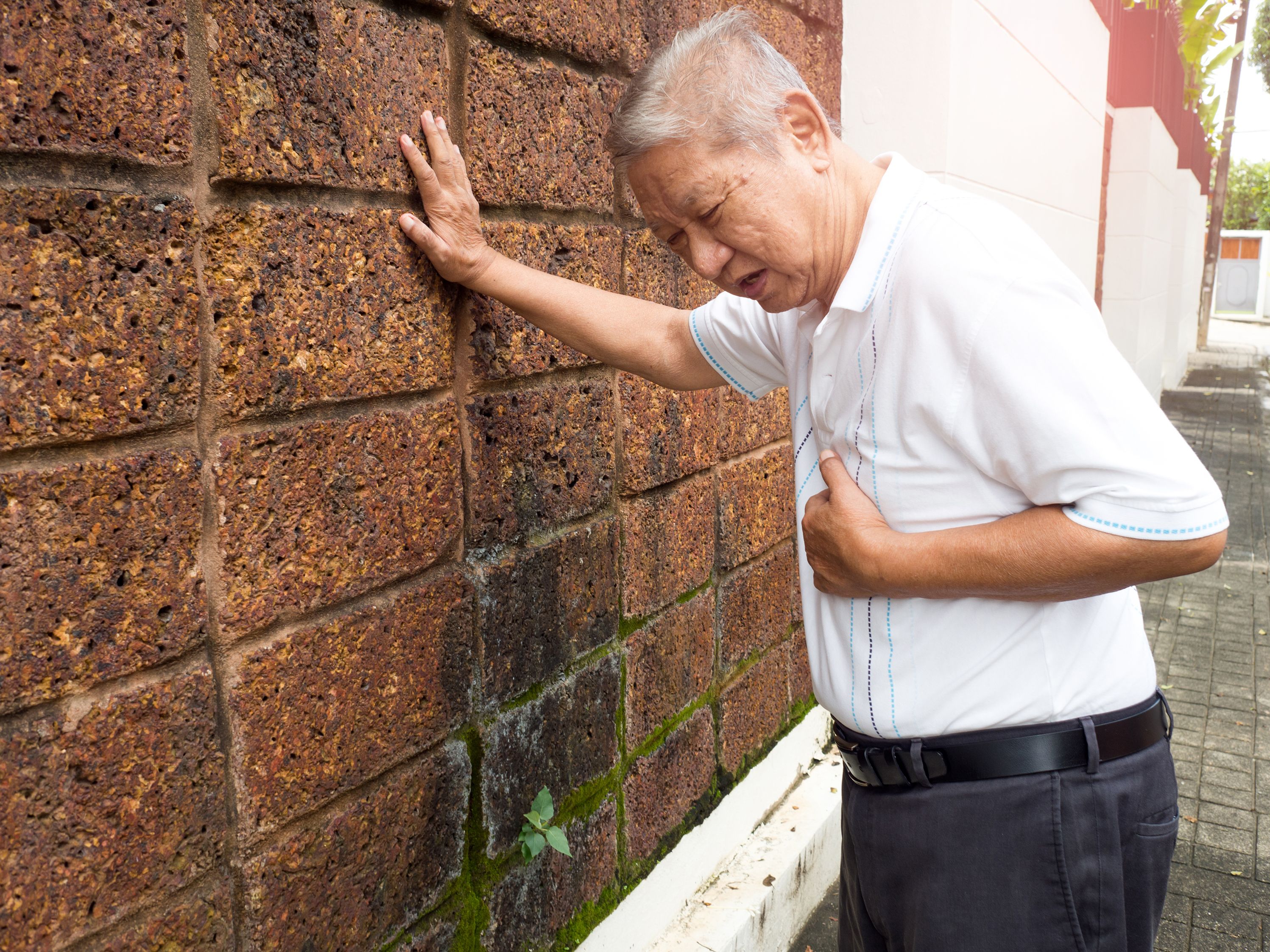
Did you know that a sudden cardiac arrest can cause brain damage within 3 minutes if no immediate assistance is provided? Not only that, with every passing minute, chances of survival diminish and death is nearly certain within 10 minutes.
This is why it’s critically important that those in the immediate vicinity of a sudden cardiac arrest are well-versed in the first aid that needs to be provided.
First and foremost, care begins with recognizing sudden cardiac arrest. During sudden cardiac arrest, the person will lose consciousness. There is complete loss of responsiveness from the sufferer and an absence of signs of blood circulation such as pulses at limbs. Very often they will also stop breathing.
A caregiver needs to follow this chain of survival to give the care receiver the best possible chance of survival.
The steps to provide first aid can be summarized as:
DANGER
RESPONSE
SHOUT
AED
BREATHING
CPR
Let’s look at each of them one by one.
DANGER
Check for any danger to the care receiver from the environment. This could take the form of sharp objects, electricity, staircases, slopes or anything else that’s specific to the immediate surroundings.
RESPONSE
Check if the person is unresponsive by tapping shoulders and asking, “Hello! Hello! Are you ok?”. If they are unresponsive to tapping, press their shoulders more forcefully. If they are still unresponsive, it’s even more obvious that they need urgent medical help.
SHOUT
Instruct a specific passer-by, “Help! Call ambulance 995!” so that you can provide life-saving first aid while someone else is taking the time to call 995. Don’t ask generally for someone to help, but point at a specific person to do it. This will ensure that passers-by don’t all leave it to someone else to do it.
AED
Get the nearest Automated External Defibrillator (AED) if it’s nearby. If it’s too far, don’t waste precious time getting it yourself. Instead, ask a passer-by to get it for you.
BREATHING
Look for rise and fall of the chest as this indicates normal breathing. Don’t do this for any more than 10 seconds.
CPR
If normal breathing is absent, that’s when you need to commence Cardio Pulmonary Resuscitation (CPR). Please check out the full instructions on how to perform CPR at [Read Article]
Sometimes a heart attack can lead to sudden cardiac arrest (an abrupt loss of heart function, breathing and consciousness). Sudden cardiac arrest is different from heart attack because a heart attack is caused by a blockage of the coronary arteries whereas sudden cardiac arrest is caused by an electrical malfunction in the heart.
A person suffering sudden cardiac arrest can be revived by using an AED to deliver electrical shocks (defibrillation) to the chest. Please learn more about the AED and how to use it at [Read Article]
These steps can keep the care receiver alive until an ambulance arrives and transports them to a hospital for professional treatment. A caregiver needs to provide the hospital a full account of when, where and how the heart attack took place, with as high a degree of accuracy as possible. This will ensure the best possible care during the hospital stay.
This information may include
- Time of attack
- Series of events that led to attack
- Type of CPR administered (mouth-to-mouth or hands-only)
- Whether AED was used and how many shocks were given
- Any previous medical history and medications
- Name of paramedic or bystander who provided first aid
When the care receiver recovers sufficiently to be discharged from the hospital, the caregiver continues to have a role in ensuring that they enjoy a complete recovery. You can find out more about cardiac rehabilitation after a heart attack in this article.
Article reviewed by Dr Peter Ting, Medical Director and Cardiologist, StarMed Specialist Centre.
